- Exhibition Information & Current Activities 展覧会情報等と最近の活動報告
- where I am - everyday creation and travels
- Ordinary Whales / ありふれたくじら Vol.6
- back numbers | Ordinary Whales / ありふれたくじら
- Carta Cetacea / くじらじまの海図
- 汀線をゆく / Flowing along the shoreline
- Journal of Ordinary Whales / ありふれたくじらジャーナル
- 나(ネ)から私へ / Korean “I”, Japanese “I”.
- Swimming Tree / 泳ぐ木
- Fictional Toys (Aji Island, Miyagi Prefecture) / 空想玩具シリーズ(宮城県・網地島)
- Product 1: Ordinary Whale's Eye / ありふれたくじらの眼
- Product 2: Ordinary Whale's Light / ありふれたくじらの灯
- 藝術の旗をつくる / Making an "Art" Flag
- つみくさ / tsumikusa
- alaskana
- cv
- contact
|
English follows Japanese. 青森公立大学国際芸術センター青森(ACAC)での展覧会「currents / undercurrents -いま、めくるめく流れは出会って」の後期が始まりました。 私の作品の展示会場はギャラリーBからギャラリーAに移動。「結目」でとじられていた鯨の体がひらき、中に入れるように姿を変えました。鯨の体の中では二つの映像を上映しています。本作に寄せて書いた二篇の詩を、高知県・宮城県・北海道・青森県各地で私がこれまで出逢ったマッコウクジラたちの写真や映像と重ねた映像です。 青森に来てから習った裂織。表裏で異なる色に織ることができる津軽裂織の技に刺激を受けて、人と舟が表裏に合わさる織りを加えました。4月〜6月の前期会期中、ACACとあおもり北のまほろば歴史館で行った「刺繍カフェ」で参加者のみなさんと縫い取ったイルカや鯨、海鳥たちが集まり、「鯨の尻尾」になって展示に加わりました。 ACACを拠点に、鯨類にまつわる伝承や記録を調べる中で、「八戸沖に鯨道があった」という一文に巡りあいました。鯨の回遊ルートである鯨道。その道沿いの、海辺に暮らす人たちはどのような形で鯨と出逢ってきただろう。岩手県北部から八戸の沿岸部各地で起きてきた、時に100頭を超える「寄り鯨」の記録や、鯨が祀られた場所を訪れてきました。後期の展示では、鯨道を陸からなぞるような旅の記録を、四篇のエッセイにまとめました。ドローイング付きの冊子は会場で読んでいただけます。 〈展覧会情報〉 青森公立大学国際芸術センター青森(ACAC) 「currents / undercurrents -いま、めくるめく流れは出会って」 後期:2024年7月13日〜9月29日 参加作家 ジュマナ・エミル・アブード(Jumana Emil ABBOUD)、青野文昭、岩根愛、是恒さくら、工藤省治、光岡幸一、中嶋幸治、澤田教一、鈴木正治、ロビン・ホワイト(Robin WHITE)、アイヌの衣服(青森市教育委員会所蔵、後期のみの展示) 会場構成 山川陸 キュレーター 慶野結香 https://acac-aomori.jp/program/2024-1/ The second term of the exhibition "currents / undercurrents : Bringing together the endless flow" at Aomori Contemporary Art Centre has begun.
My work was moved to the larger gallery, from Gallery B to A. The 18-meter whale I created for the exhibition has transformed. The body of the patchwork whale, which was "knotted" to represent the tail, is transformed into a new form: the knot is untied, and visitors can enter the whale's body. Inside the whale's body, visitors will see two videos. I wrote two poems for this project, contrasting stories of the life and death of sperm whales I have encountered. The videos consist of the poems and footage of my repeated encounters with sperm whales in Kochi, Miyagi, Hokkaido, and Aomori. I learned Sakiori, the rag-weaving technique in Aomori. For the second term, my new Sakiori, showing two-sided images of a human body and a boat, appeared in the gallery. During the first term of the exhibition, from April to June, we held embroidery workshops at ACAC and the Aomori Museum of History. I and participants embroidered many dolphins, whales, and sea birds. The creatures now gather and form a whale's tail in the gallery. While researching tales and records related to cetaceans in Aomori, I came across the writing, "There was whales' path off the coast of Hachinohe." Whales' path is a migration route. Whales that took the path were believed to bring fish for fishermen, and whales often beached themselves and became offerings for local people, sometimes with a pod of over 100. I wrote four essays on my journeys, tracing the whales' path from the coasts of Aomori and Iwate. The essays are introduced in the exhibition as booklets with drawings. "currents / undercurrents : Bringing together the endless flow" 2024. 4.13 Sat.- 6.30 Sun. / 7.13 Sat.- 9.29 Sun. 10:00-18:00 Open every day during exhibition / Admission free Exhibition Hall, Aomori Contemporary Art Centre, Aomori Public University https://acac-aomori.jp/program/2024-1/
0 Comments
English follows Japanese. 国際芸術センター青森・ACACで開催中の展覧会「currents / undercurrentsーいま、めくるめく流れは出会って」にて発表している新作「双子鯨の夢を見たら」は、これまで私がめぐり合ったマッコウクジラたちそれぞれの異なる生と死に思いを馳せながら制作しました。 作品の中に、対となる詩を書きました。目の前にある現実と無意識のイメージ、夢と現実世界、あったはずの生と失われたもの。刺繍の表裏のような、二つの世界を語る言葉です。 1. 私の両手のひらにおさまるほどのからだ 断ち切られた臍の緒は所在なく 開くことなく成長を止めた眼は うすい皮膚にかくれたまま 波もない風もないガラス瓶の中 ホルマリンに沈んでいる 白い双子のマッコウクジラの胎児 海を知ることのなかった仔らを 南から北へめぐる同族たちのもとへ 還すための祈りを思い出す 布を 解き 裂き 織り 重ね 繕い 切れた緒を縒りなおし つぎはぎすればたちあがる 生きながらえたかれらのすがた 深海に潜りイカを喰み 浅瀬にのりあげ糧となる 沖でめぐりあえたらいい 同じ年頃のいとこたち 海を知ることのなかった仔らを あったはずの生へと 還すための祈りを思い出す 2. あごの骨は樹木のようにそびえて 私の背丈をとうに超え 割れた頭骨は小舟ほど 背骨のひとかけらさえ桶のよう ある春の嵐の前の夜 浜辺に打ち上がったのは 小山ほどのマッコウクジラ 生まれた時からその体には 銀河のような模様があった 夜空の色の皮膚に渦を巻く やがて長年陽の光を浴びた藍の衣のように 年をとった大鯨の銀河は広がり はじけて 黒い体を白くした 老いた人が白髪を得るように 深海に潜りイカを喰み 北の海から南の海へ 小魚鳥たち仲間の鯨 みな一緒にめぐりつづけた 海に生まれて海に死んだ 大きな鯨の最期は 新たなめぐりのはじまり My new work "If twin whales appear in my dreams" is currently exhibited in “currents / undercurrents : Bringing together the endless flow” at Aomori Contemporary Art Centre. This work was conceived from my several encounters with sperm whales at different times and places. In the installation of "If twin whales appear in my dreams," I wrote a set of poems about whales. The poems contrast reality and unconscious images, the real world and a dream, a life that should have been and what was lost. The poems speak of two different worlds as if the front and back of an embroidered image. 1. The bodies fit in my hand Severed umbilical cords have no place to go Eyes stopped growing before they ever opened And they are hidden under thin skin No wave heaves and no wind blows in a glass jar Submerged in formalin, they are Twin fetuses of white sperm whales The calves never knew the sea I try to recall the prayer for them To return to their kin migrating from south to north Torn cloth is rewoven, frays are mended stitch by stitch, and Severed cords are retwined Patchworking may make them live again In another world where they will survive long They will dive into the deep ocean and eat squid They will beach themselves and be eaten Offshore, they will meet Cousins of the same age The calves never knew the sea I try to recall the prayer for them To return to the lives that should have been 2. The jawbone stands like a tree Well past my height A piece of the skull is as large as a boat Even a piece of the spine is the size of a bucket One night before a spring storm Beached on the shore was A sperm whale as big as a hill The whale was born with A birthmark like a galaxy Swirling on skin the color of the night sky Like indigo clothing bathed in sunlight for years Eventually, the galaxy of the great whale grew and burst Turning the blackish body into white Like an old man whose hair turns grey He dove into the deep ocean and ate squid Migrating from northern seas to southern seas Schools of fish, flocks of birds, and fellow whales All the creatures circulated together in the same current Born in the sea and dying in the sea The end of the great whale is The beginning of a new current 〈展覧会情報〉
青森公立大学国際芸術センター青森(ACAC) 「currents / undercurrents -いま、めくるめく流れは出会って」 前期:2024年4月13日〜6月30日 後期:2024年7月13日〜9月29日 参加作家 ジュマナ・エミル・アブード(Jumana Emil ABBOUD)、青野文昭、岩根愛、是恒さくら、工藤省治、光岡幸一、中嶋幸治、澤田教一、鈴木正治、ロビン・ホワイト(Robin WHITE)、アイヌの衣服(青森市教育委員会所蔵、後期のみの展示) 会場構成 山川陸 キュレーター 慶野結香 https://acac-aomori.jp/program/2024-1/ 札幌市にある北海道文化財団アートスペースにて、是恒さくら展「The warp and woof of a whale of a tale-経緯、その鯨ほどの余白」を開催します。
The summer exhibition with Hamsungalleriet på Tranøy opened on the 10th of June. We were blessed with the beautiful, clear sky and calm ocean like a mirror. My artworks are inside the gallery and on the rocks on the coast. The images conceived from the ocean are now merged with the beautiful landscape. Soon after my days in Norway began in October last year, I planned a trip to Hamarøy. I was interested in visiting the rock carving of this area, known to show a life-size figure of an orca. The rock carving is said to be from 9,000 years ago. The people who lived on this land and the sea created the animal carving, and it remains. Traveling with a night train and long-distance buses, I arrived to Hamarøy. Here, clear sea, forests, lakes, and sky change their colors every day, every hour. I feet like it was a fateful encounter...I got to join the summer exhibition at Hamsungalleriet på Tranøy. The building of the gallery also has a history. It is where Knut Hamsun worked as a shop assistant. I stayed in Tranøy the whole month of May. I observed various creatures in the sea, studied the history and culture of whaling and eating whales, and the memories of the sea with orcas and cod in the old days. Things I observed and stories I heard became alive in my drawings, embroidery, and sculpture. ⚓︎ Hamsungalleriet på Tranøy https://www.facebook.com/Hamsungalleriet address: Nikolai Walsøes vei 6, Tranøy, Norway - Vi ønsker velkommen fra 10 juni -13 august . Kl 11.00 - 18.00. - Gratis inngang. Mandager stengt ノルウェーに来てまだ間もない昨年10月、ハマロイへの旅を計画したのは、この地方にある実物大のシャチの岩絵への関心からでした。約九千年前、この土地と海に暮らした人たちが岩に刻んだ動物と海洋生物の姿が、今も残る場所があります。オスロから夜行列車とバスを乗り継いでたどり着いたハマロイは、ロフォーテン諸島から守られるような位置にあり、澄んだ海、森、湖、空が日々表情を変えていきます。 いくつもの出会いと偶然が重なって、トラノイという町にあるギャラリー、Hamsungalleriet på Tranøyの夏期展示に参加することになりました。このギャラリーは、ノルウェーの小説家、クヌート・ハムスンがかつてアシスタントとして勤務した歴史的建物です。 5月いっぱい、トラノイに滞在しながら、海を歩き、潮の満ち引きに姿を現す生き物たちを観察し、捕鯨船の歴史と鯨食の文化を知り、シャチやタラが集まったという、かつての海の様子を聞きました。一日一日と白夜に近づいていく季節の移ろいを感じながら、この土地と海で過ぎてきた歴史と語りを日々描きながら、重なっていくドローイングを挟んで、さまざまな語りを聞いてきました。ドローイングから立ち上がったイメージは、刺繍へと形を変えていきました。 6月10日、いよいよ展示がオープンしました。ギャラリー内での展示に合わせて、海辺の岩場に絵画が展示されています。海をゆく人々からも見えるかな。この海との出会いからうまれた作品の数々が、トラノイの風景とともにある。初日の今日を、またとない晴天と鏡のように凪いだ海が祝ってくれました。 (below)
Midnight sun at Tranøy, where my exhibition is at. During the month I was in Tranøy, the sky and sea showed different colors every day. There was no same color, I think. The outdoor exhibition welcomes visitors 24 hours. I have returned to Oslo, and I feel my heart pounding when I think of the beautiful Tranøy coast. (下) トラノイの海辺の展示、午前0時過ぎの様子です。太陽はもう沈まなくなりました。この海辺で過ごしたひと月の間、一日として同じ空は無く、同じ海は無かったと感じます。海辺の展示は24時間、観客を迎えています。今、この時も。 オスロに戻ってきましたが、トラノイの海辺を思い出しては胸が高鳴ります。 (English follows) ノルウェーに来てから半年が過ぎました。滞在の折り返し地点です。4月下旬からオスロにて最初の展示を行います。会場はオスロ大学図書館の展示スペースです。こちらで参加している研究プロジェクト「Whales of Power」との展示です。 ここ半年ほど手繰っていた物と語りを紹介します。 ---------- それは一枚のガラスネガから始まった。撮影者はヘンリク・G・メルソム。1900年前後に日本の捕鯨船で活躍したノルウェー人砲手だった。20世紀初頭、ノルウェーから日本へ「ノルウェー式捕鯨」が導入された。捕鯨砲を用いるノルウェー式捕鯨の発明は捕鯨技術に大きな進歩をもたらした。メルソムのガラスネガには当時の捕鯨船と捕鯨事業所の様子、アジアとヨーロッパ各地を訪問した旅の様子、故郷の家族の姿が残されている。 この時代、日本国内で網取式捕鯨を伝統としてきた各地の担い手たちも新たな捕鯨産業の労働力となっていった。生活と文化の礎であった鯨は、資本主義経済の始まりとともに各国が捕獲を競う資源へと移り変わっていった。鯨との関わりとともに人々の自然観が大きく変化したこの時代の記憶をノルウェーと日本に残る記録や物質文化に見出せないだろうかと考え始めた。絡まる糸のような捕鯨の記憶を解いていくように。 メルソムのガラスネガに捕鯨船上から撮影された一枚があった。仕留めた鯨を船の横に牽引している。船名は不明だが、救命浮輪に「SHIN…」という文字が覗いていた。船名の一部のようだ。ノルウェーの博物館で捕鯨に関わる資料を見ながら、日本と共通する物、よく似た物の存在に興味を持っていた。例えば、長い航海の間にマッコウクジラの歯を彫って作られたペンギンの置物や捕鯨船を描いた鯨のヒゲ板だ。ノルウェーから伝わった鯨骨(顎骨や肋骨)のアーチが、日本の捕鯨に関わる土地では神社の鳥居として使われたという、移ろいのエピソードも頭の隅にあった。 いくつものヒントが重なり合って芽生えた直感のようなものだったのかもしれない。日本の捕鯨船乗りが鯨のヒゲ板に絵を描いたなら、ノルウェーで用いられた装飾品としてだけではなく、神社に奉納したのではないだろうか?と想像した。各地の博物館や捕鯨船乗りのものづくりに詳しい人たちに尋ねながら調べをすすめ、いくつか絵馬として使われた鯨ヒゲが見つかった。そして、山口県萩市のある神社に奉納された絵馬に行き当たった。 描かれた船の名は「神功丸」。ローマ字読みにすると「SHINKOMARU」。1900年代初頭に奉納されたと考えられ、操業年とも重なる。ノルウェー人砲手・メルソムのガラスネガに写った捕鯨船は、当時「クリスチャニア」だったオスロで建造され日本に渡った捕鯨船、「神功丸」だったと考えられる。そして神功丸が描かれた鯨ヒゲ絵馬が残る山口県萩市は、19世紀の終わりにノルウェーを訪れ捕鯨技術を学び、日本にノルウェー式捕鯨を伝えた人物、岡十郎の故郷だった。長州・山口県では伝統的な捕鯨の時代が終わり、近代捕鯨が始まった。 ノルウェーと日本のガラスネガと絵馬に記録された一隻の船を縁に、それぞれの土地に残された語りを縫いとっている。萩博物館と情報交換をしながら知った鯨との関わりの歴史、水田の害虫駆除に用いられた鯨油とかつての伝統捕鯨、今なお残る節分に鯨を食べる風習。メルソム氏の子孫を訪ねて聞いた家族の歴史、日本からもたらされた品々の逸話、捕鯨の記憶。 一枚の長い長い布の上に双方の土地の記録を縫い取っていく。糸が描く絵と絵のあわいが混じり合う時、海原を越えて離れ離れになっていた記憶が結びついていくようだ。 ---------- 展覧会のオープニングは4月25日、トークもあります。 Exhibition opening: Whales of Power https://www.ub.uio.no/kurs-arrangement/arrangementer/uhs/2023/utstillingsapning-whales-of-power.html I am delighted to announce the exhibition at HumSam-biblioteket, University of Oslo. This will be a combined exhibition of art and research with the research project "Whales of Power". I would like to introduce stories behind the new embroidery work I will show at the exhibition, which has been my focus for the past half year. ---------- It began with a glass negative. The image was captured by Henrik Govenius Melsom, a Norwegian gunner who served on board Japanese whaling ships around 1900. The "Norwegian system of whaling" was introduced to Japan from Norway in the early twentieth century. The invention of the Norwegian system of whaling using grenade harpoon guns brought great advances in whaling technology. Melsom's glass negatives show whaling ships and whaling stations of the era, his travels throughout Asia and Europe, and his family in Norway. During that time, local whalers in Japan who had traditionally practiced whaling by nets became laborers for the new whaling industry. Whales that formed the lives and culture of the locals became a resource to be competed for catch among several countries, at the same time in the introduction of the capitalist economy. It was the time when people's views of nature changed drastically in their relationship with whales. I began to wonder if I could find a trace of the people's minds of this era in the records and material culture that remain in Norway and Japan as if untieing the tangled memories with whales. One of Melsom's glass negatives was taken onboard a whaling ship. A whale caught was being towed to the side of the ship. The ship's name was unknown, while the letters "SHIN..." could be recognized on a lifebuoy. The letters seem to be a part of the ship's name. Observing materials related to whaling at museums in Norway, I also became interested in objects that are common or similar to things found in Japan. For instance, penguins carved from sperm whale teeth and painted whale baleen with images of whaling ships were created by Norwegian and Japanese whalers during their voyages, respectively. The study on the whale bone arches introduced by the Western society and transformed into whale bone torii (a shrine gate) in Shinto shrines in Japan was also in my mind. It may have been a kind of intuition that grew from the experiences. I began to think that if Japanese whalers painted whale baleen, they might have dedicated the baleen to shrines, not only as ornaments like used in Norway. As I contacted museums and researchers, I found some examples of baleen paintings dedicated to shrines as "ema" (votive paintings). Among them, I encountered an ema dedicated to a shrine in Hagi, Yamaguchi, in Japan. The whaling ship depicted on the ema was "Shinkomaru." It is thought to be from the early 1900s. The whaling ship captured on the glass negative by the Norwegian gunner Melsom would have been the same ship depicted on the ema. It was a whaling ship built in Oslo, or the city of Kristiania at the time, and transferred to Japan. Hagi of Yamaguchi is the birthplace of Juro Oka, who traveled to Norway at the end of the nineteenth century to study the Norwegian whaling system. This ema's dedication took place when the traditional whaling ended, and the modern whaling industry began in Japan. I have been embroidering the narratives left in Norway and Japan over the unique ship Shinkomaru, as a glass negative and votive painting on whale baleen. During the process of creation, I learned the history and relationship with whales around the Hagi area, including the use of whale oil to exterminate harmful insects on rice fields and the tradition of eating whales on a special occasion of the Setsubun celebration that continues today. I visited Melsom's descendants, heard their family history and memory, and observed the goods brought from Japan. The memories and histories of the two lands are stitched on a long piece of textile. As my stitches began to depict images and overlap, the separated memories seem to come together. ---------- The exhibition opening is on the 25th April. We will have short presentations, followed by Q&A, light refreshments and a tour of the exhibition! https://www.ub.uio.no/kurs-arrangement/arrangementer/uhs/2023/utstillingsapning-whales-of-power.html (「VOCA展2022 現代美術の展望─新しい平面の作家たち─」出品作に寄せて)
10代の春休みの一時期、広島県の瀬戸内海にある故郷の島で「漁網編み」のアルバイトをしたことがあった。だだっ広い工場の2階、3〜4名の女性たちが片膝を立てて座り、ゴザの上に広げられた大きな漁網を編み進んでいく。黒光りするナイロンの糸は硬く、仕事を始めたばかりの私の指は3日もすると絆創膏だらけになった。 急にそのことを思い出したのは、それから約15年後のこと。東北で暮らすようになり、2018年に訪れた宮城県気仙沼市で、民俗資料の中に私の故郷の町の名が記された漁網の広告があった。はるばる気仙沼から瀬戸内海の島の業者に漁網を注文することもあったようだ。海の町のネットワークは、時に思いがけぬところで、記憶と語りを結びつけていく。 網の目のように、結ぼれていく世界がある。 日本国内から北米まで、さまざまな土地で鯨にまつわる話を訪ねるうち、海で隔てられた土地と人同士の結びつきや、遠く離れた海辺の風景や物語の類似に気づいた。船で旅した人々が伝えたもの、移ろう人々が伝えたもの。鯨のように回遊する生物が各地で人々にもたらしたもの。 人を介して鯨を知る。鯨を通して人を見る。その係りの全体像を〈とらえる〉道のりは、網の目をひとつひとつ埋めていくようだ。ひとつひとつの網目に縫い取られた物語は、伸縮する網の上を遊び、離れていたはずの異なる物語に重なっていく。大いなるイメージを〈とらえようとする〉私自身も、網を編みいくつもの物語を縫い取りながら、網のなかに〈とらわれてゆく〉のかもしれない。〈とらう〉ことは内にも外にも起きていて、見慣れた風景を新しくも、見知らぬ物語を懐かしくもする。 網を張り巡らせながら、解像度を上げながら、描いていく。 まだ見ぬ鯨のイメージを〈とらう〉ため。 現在住んでいる苫小牧市の美術博物館にて、企画展「NITTAN ART FILE4:土地の記憶~結晶化する表象」が始まります。
「かつて苫小牧の砂浜の神社に、鯨の骨が祭られていた。昔のイワシ漁では鯨が大漁を招くと信じられていた」——数年前、ふと聞いたその話がきっかけとなって、今はもう失われたその神社と鯨骨の風景がどんなものだったのか、どこから伝わってきたものなのかと調べながら、東北〜北海道の旅を続けてきました。そしていろんな出来事が重なり、今秋より苫小牧に住み始めました。 この海辺の土地の記憶のひとつの層を、鯨を通して見つめるような、作品がかたちになりつつあります。この展示では、秋より発行しているフリーペーパー「Carta Cetacea」も内容を深めて紹介します。 ——-- 企画展「NITTAN ART FILE4:土地の記憶~結晶化する表象」 https://www.city.tomakomai.hokkaido.jp/.../nittan4.html... 出品作家:こだま・みわこ(版画家)、是恒さくら (美術家)、佐藤祐治 (写真家)、山脇克彦 (構造家) 会期:2022年1月15日(土)~3月13日(日) 休館日:月曜日 開館時間:9:30~17:00(最終入館16:30まで) 会場:苫小牧市美術博物館 観覧料:一般300(240)円、高大生200円(140)円、小中学生以下無料 ※( )内は10名以上の団体料金 / ※年間観覧券による観覧可能 / ※免除申請についてはお問い合わせください。/ ※併せて中庭展示、常設展示もご覧いただけます。 主催:苫小牧市美術博物館 協力:NPO法人樽前artyプラス 後援:苫小牧信用金庫、北海道新聞苫小牧支社、株式会社苫小牧民報社、株式会社三星、北海道新幹線×nittan地域戦略会議 【イベント】アーティストトーク 本展出品作家が展示作品に関する解説をおこないます。 ※内容詳細については決まり次第、更新します。 日時:2022年1月15日(土) 13:30‐15:30 講師:こだま・みわこ氏(版画家)、是恒さくら氏(美術家)、佐藤祐治氏(写真家)、山脇克彦氏(構造家) 聞き手:藤沢レオ氏(金属工芸家・彫刻家) 北海道札幌市の大通り地下ギャラリー「500m美術館」にて、6人のアーティスト、4人のキュレーターによる展覧会 「せんと、らせんと」が開催されています。 私はキュレーターの四方幸子さんとともに参加しています。ここ何年も、四方さんと私の鯨をめぐる旅や北の土地への思考を交換してきました。さまざまな人が行き来する地下通路。2つのケースを使い、私の旅の〈これまで〉と〈これから〉を紹介しています。 ひとつ目のケースは、私の旅の結晶である、リトルプレス 『ありふれたくじら』シリーズ他、2016年以降各地で制作・発表してきた「本の形の表現」や各種フリーペーパーを紹介しています。 ふたつ目のケースは、私のここ数年間の東北~北海道間の移動、今年春からの札幌滞在、秋以降の苫小牧への移住をふりかえり、鯨をめぐる旅の新たな船出として、一艘の舟と鯨のイメージを重ねたサイアノタイプ・布・刺繍・テキストで表現しています。 {展覧会情報}
500m美術館vol36 「せんと、らせんと」6人のアーティスト、4人のキュレーター 詳細はこちら 開催概要 会 期 | 2021年12月11日(土)〜2022年2月2日(水)7:30-22:00 会 場 | 札幌大通地下ギャラリー500m美術館 住 所 | 札幌市中央区大通西1丁目〜大通東2丁目 (地下鉄大通駅と地下鉄東西線バスセンター前駅間の地下コンコース内) 展示作家 |進藤冬華、朴炫貞、是恒さくら、マリット・シリン・カロラスド ッター、モーガン・クエインタンス、ピョートル・ブヤク 本展キュレーター|飯岡陸、四方幸子、柴田尚、長谷川新 主 催 |札幌市 企 画 |CAI現代芸術研究所/CAI03、一般社団法人PROJECTA 2015年以降、宮城県内では石巻/牡鹿半島、気仙沼/唐桑半島、塩竈、七ヶ浜町、岩沼市など各地で訪ね歩き集めてきた鯨にまつわる物語。鯨に導かれ旅するように、私が集めた物語は和歌山へ、北海道へ、はたまた北米各地の鯨にかかわる人たちへと連なっていきました。 鯨を解き、鯨を編む――数千年前に誰かが海辺で拾った鯨の骨が、地中から見つかり現代に物語を届けるまで。その間に生まれたいくつもの物語を、縫い合わせていく。海そのものの広がりと豊かさとして姿をあらわす、おおきないきもの。 ぜひ、出会ってみてください。 せんだいメディアテーク開館20周年展
ナラティブの修復 https://www.smt.jp/projects/narrative/ 開館20年を迎えたせんだいメディアテークでは、ナラティブ(もの語り)をテーマとした展覧会を開催します。古くは民話に例をみるナラティブの様態ですが、今日わたしたちがアートと呼ぶ表現もその一形態として捉えることができるでしょう。それは個々の出来事や体験を他者へと開いていくさまざまな「語りの術」であると言えます。 この展覧会には、東日本大震災からの10年間、メディアテークとともに地域のなかで活動してきた表現者が、過去・現在・未来を見据えて、それぞれの観点であらわした10のナラティブが集います。 情報技術の発達とともにコミュニケーションは遠隔化し、ナラティブをとりまく環境は大きく変化してきました。そして、わたしたちはいま、新型コロナウイルスの流行によって、他者との空間の共有や、身体的な接触が困難になるという危機にあります。そのなかで、もちろんインターネットは有効な技術ですが、メディアテークではそれだけに頼らず、独自のメディアや技法の開発によって生まれる多様なナラティブを伝え、次の10年に向けて、一元的ではない世界の認識を提示したいと考えています。 ■ 会期:2021年11月3日(水・祝)~2022年1月9日(日) ■ 休館日:2021年11月25日(木)および2021年12月28日(火)から2022年1月3日(月) ■ 公開時間:10時から19時(入場は18時30分まで) ■ 会場:せんだいメディアテーク 6階ギャラリー4200 ■ 入場料:一般500円(大学生・専門学校生含む)、高校生以下無料、障がい者手帳・豊齢カード等をお持ちのかたは半額 ■展示作家:阿部明子 磯崎未菜 菊池聡太朗 工藤夏海 小森はるか+瀬尾夏美 是恒さくら 佐々瞬 佐藤徳政 伊達伸明 ダダカン連 主催:せんだいメディアテーク(公益財団法人 仙台市市民文化事業団) 助成:一般財団法人 地域創造、芸術文化振興基金 協力:和光大学芸術学科松枝研究室 後援:NHK仙台放送局、tbc東北放送、仙台放送、ミヤギテレビ、KHB東日本放送、河北新報社、朝日新聞仙台総局、読売新聞東北総局、毎日新聞仙台支局、産経新聞東北総局、日本経済新聞社仙台支局、仙台リビング新聞社、せんだいタウン情報S-style、エフエム仙台、ラジオ3FM76.2 北海道立北方民族博物館にて、ロビー展「石の知る辺~アメリカ・ニューヨーク州ロングアイランド、先住民シネコックに鯨の物語をたずねて~ 是恒さくら 本・刺繍・写真展」を開催します。
2019年に是恒が訪れたアメリカ・ニューヨーク州ロングアイランドで、先住民シネコックの人々と鯨のかかわりを尋ねる旅の記録の写真とともに、鯨にまつわるエピソード、そこから着想された刺繍作品を紹介します。 |会期| 2021年1月5日(火)~1月24日(日)*1月12, 18日は休館 |開館時間| 午前9時30分〜午後4時30分 |会場| 北海道立北方民族博物館 ロビー 〒093-0042 北海道網走市字潮見309-1 電話 0152-45-3888/FAX 0152-45-3889 |主催| 北海道立北方民族博物館、東北大学東北アジア研究センター |観覧料| 無料 ● 関連イベント 「ロビー展・解説会」 |日時| 2021年1月10日(日)10:00-11:00 |会場| 北方民族博物館 講堂 |講師| 是恒さくら氏(美術家) |定員| 20名(要申込) |対象| 一般 |参加料| 無料 ● 展覧会について http://hoppohm.org/tokuten/tokuten_2020/index.htm#6 (北海道立北方民族博物館) |
AuthorSakura Koretsune. Artist. Archives
January 2024
Categories |







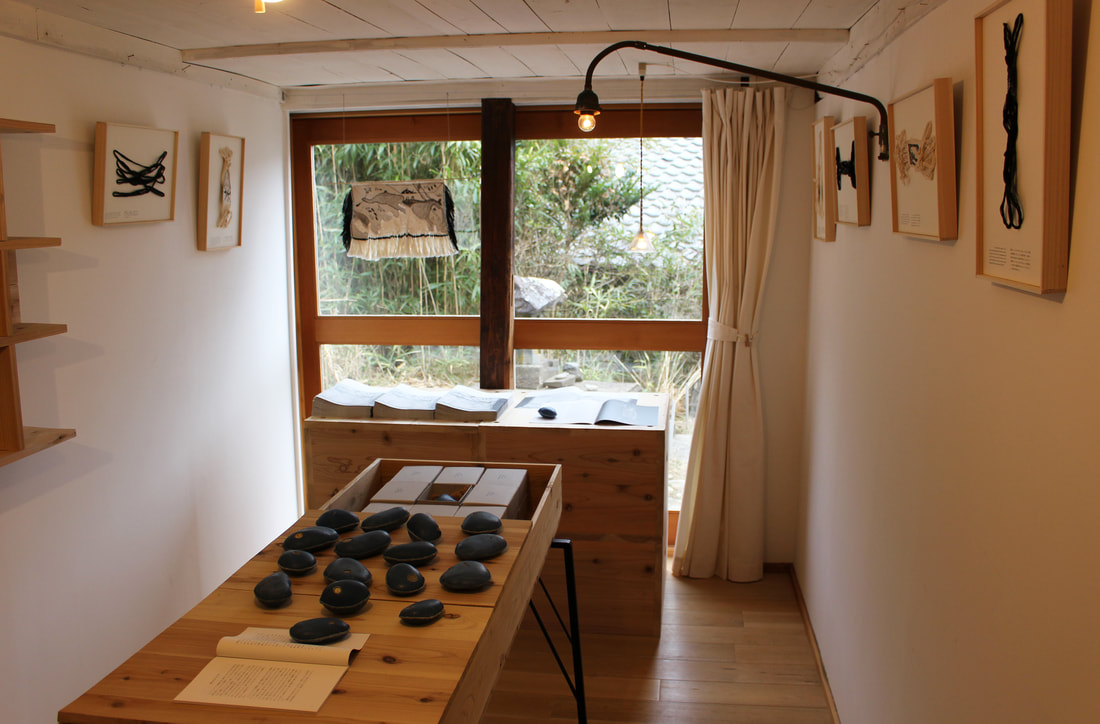





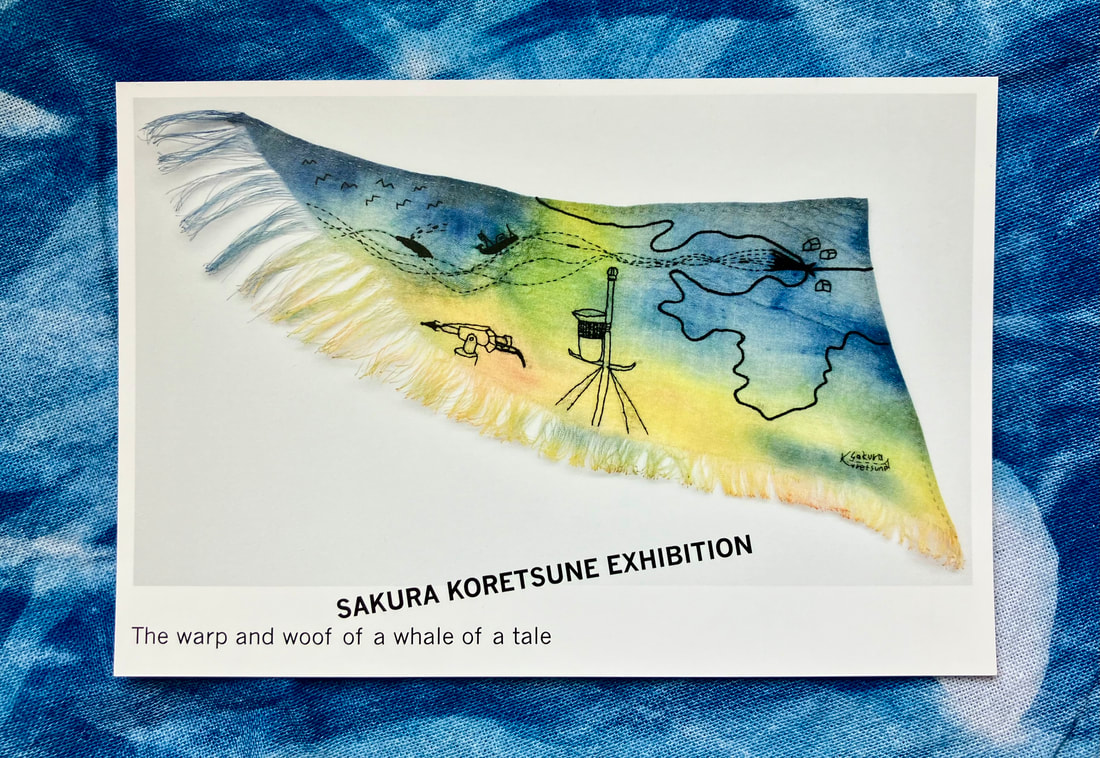
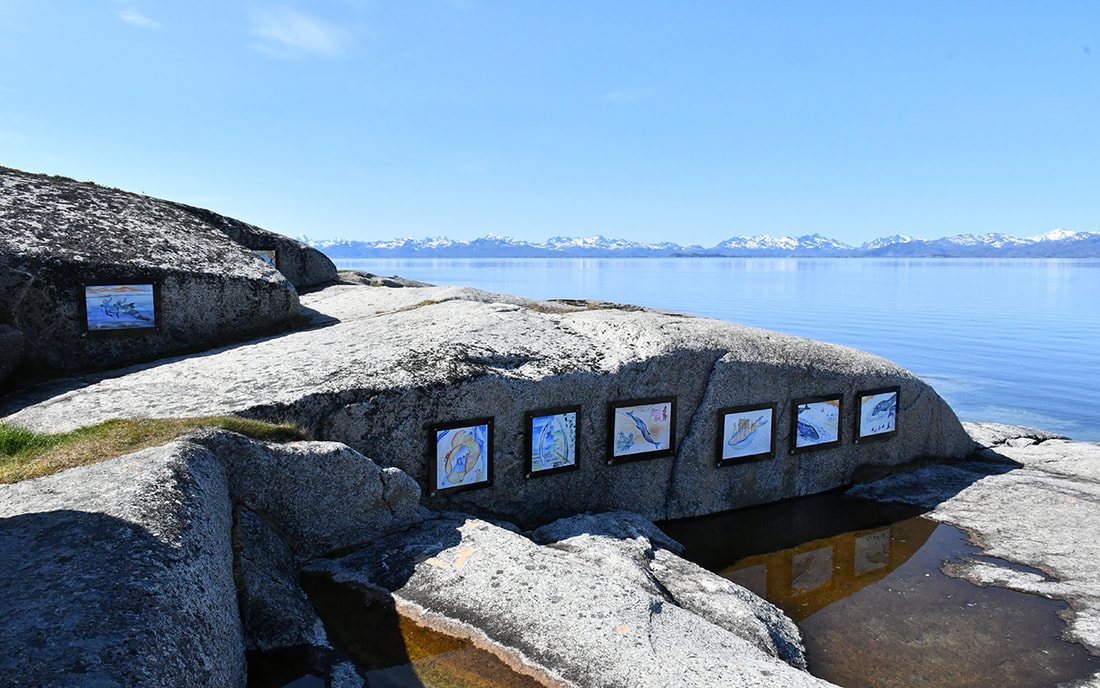
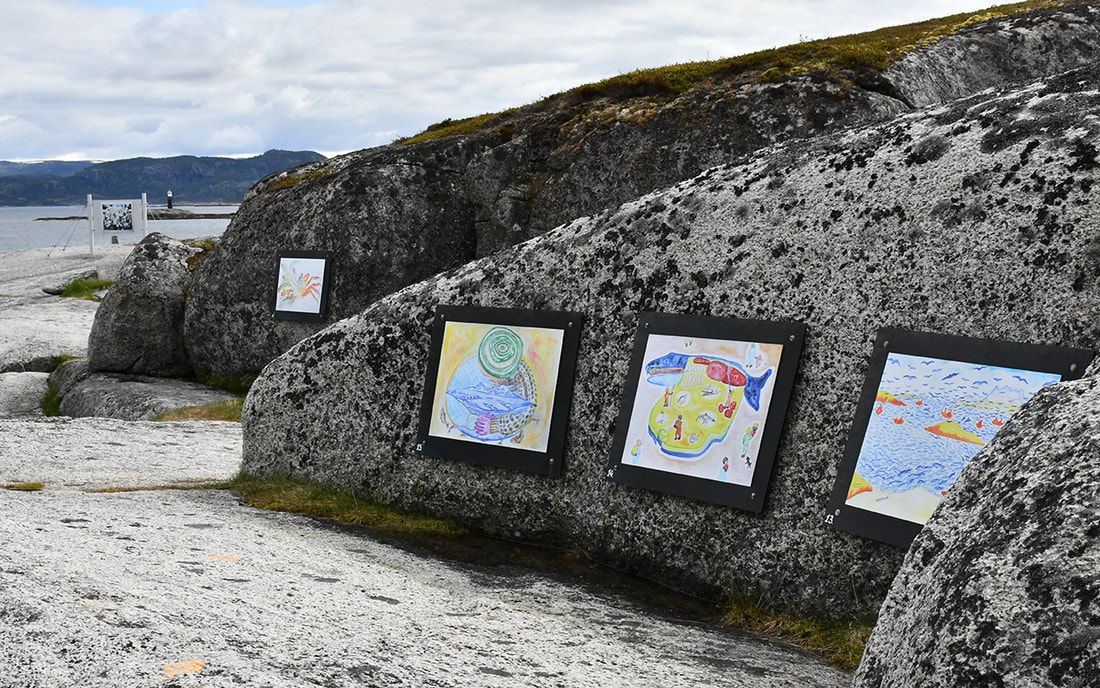

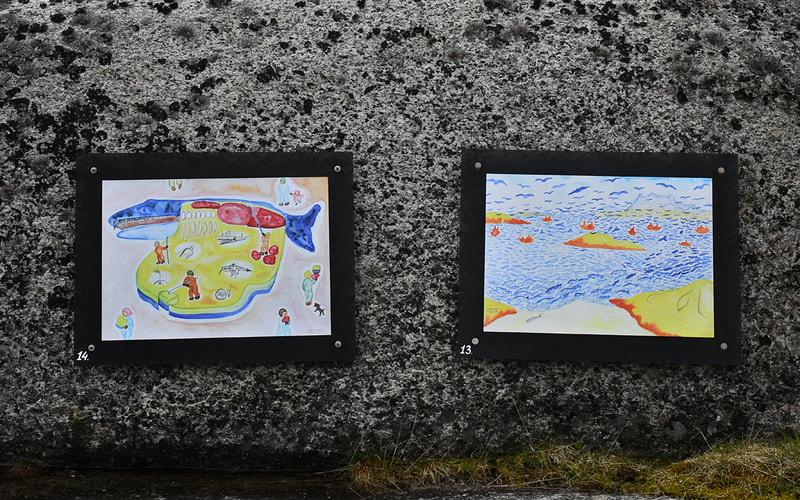
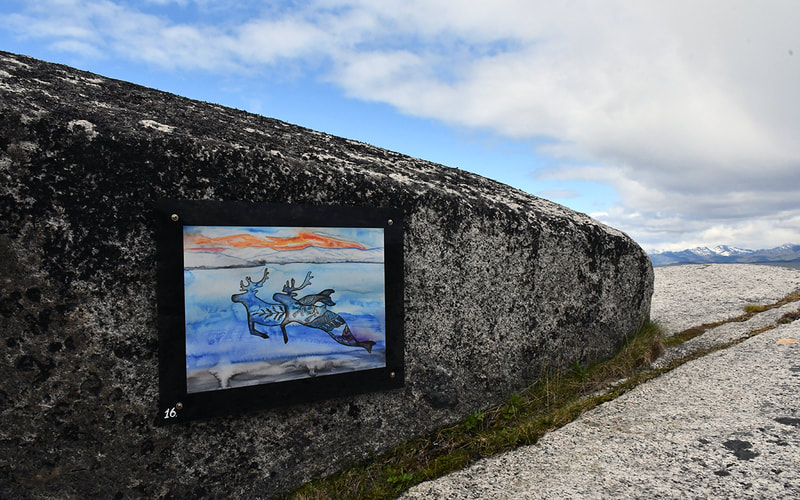
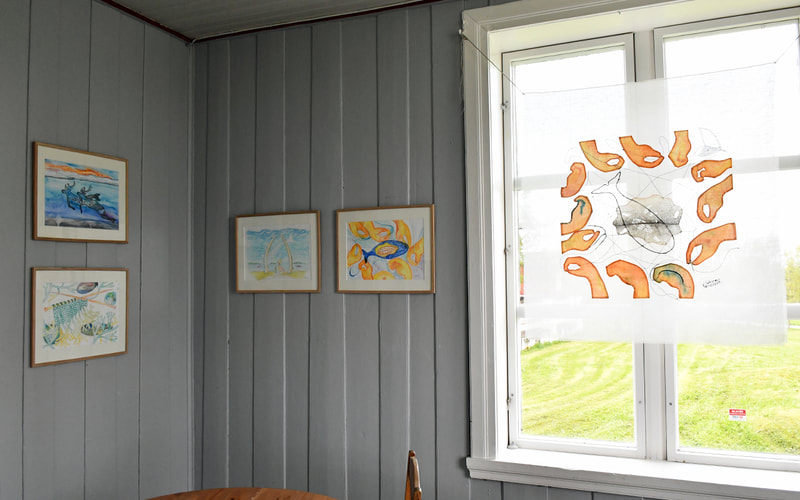
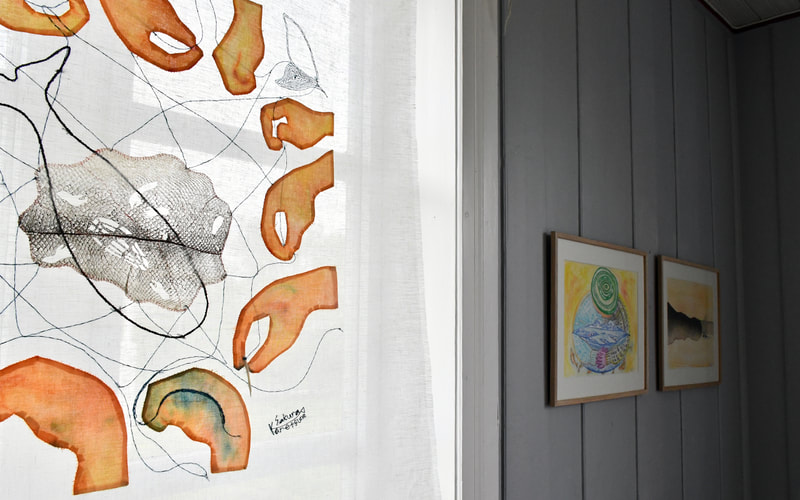
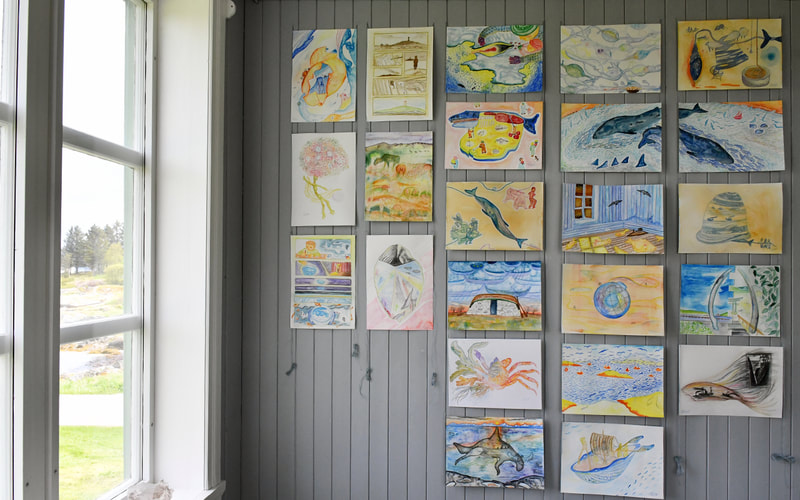
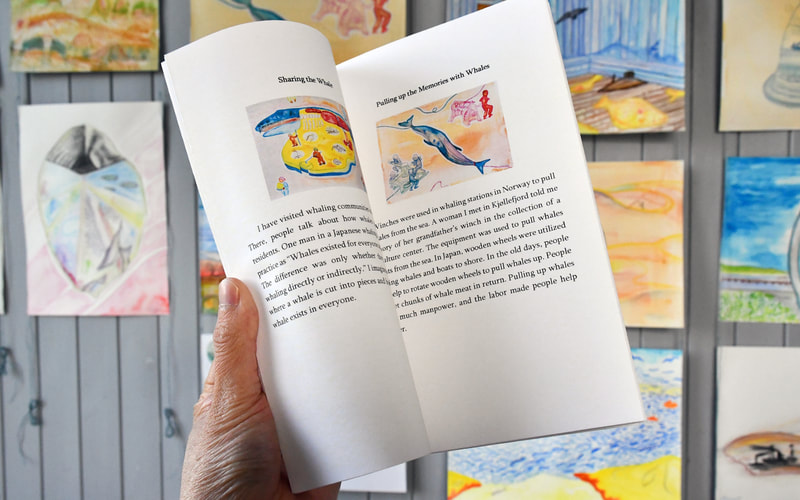
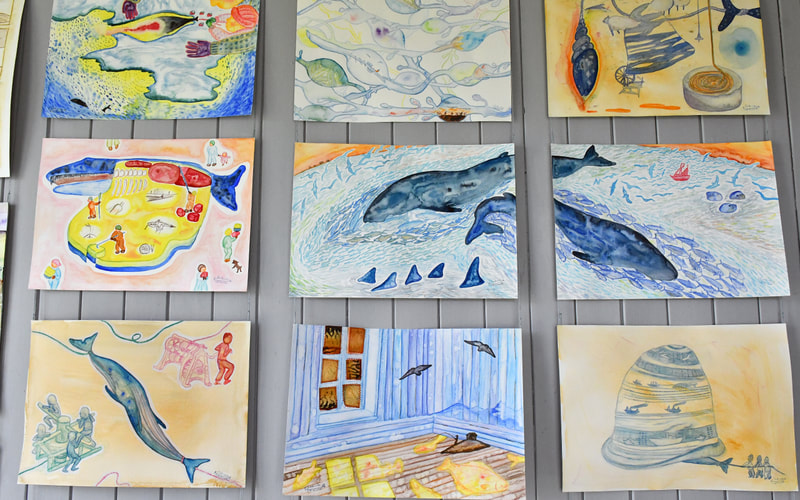
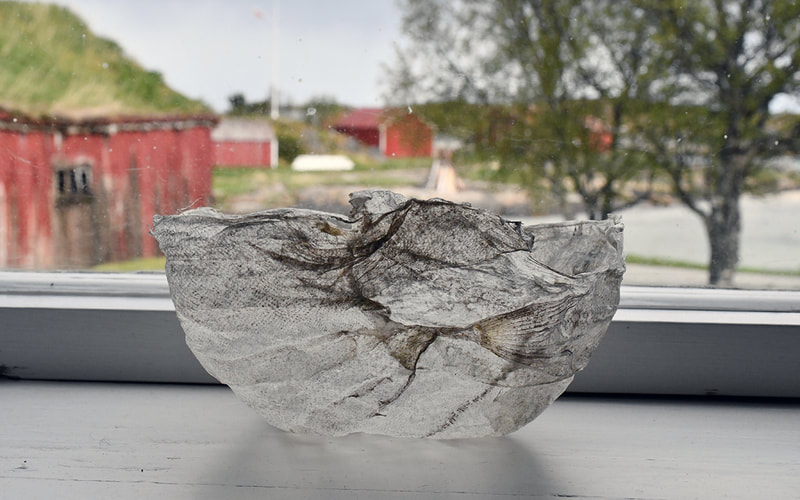
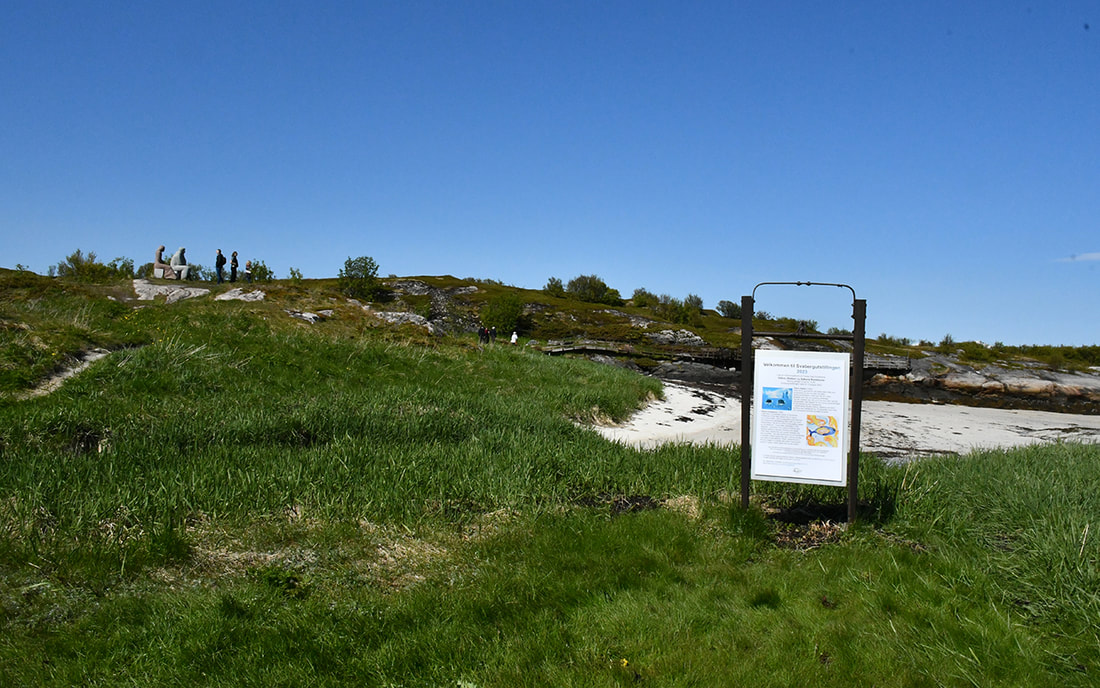
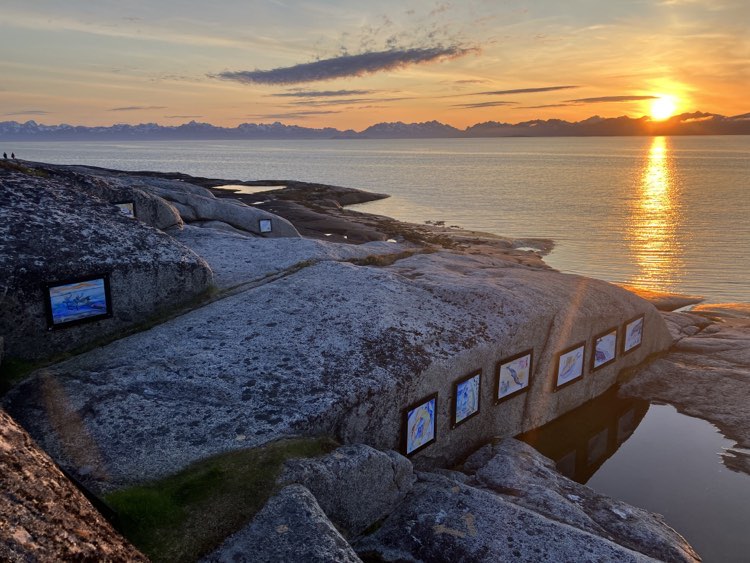
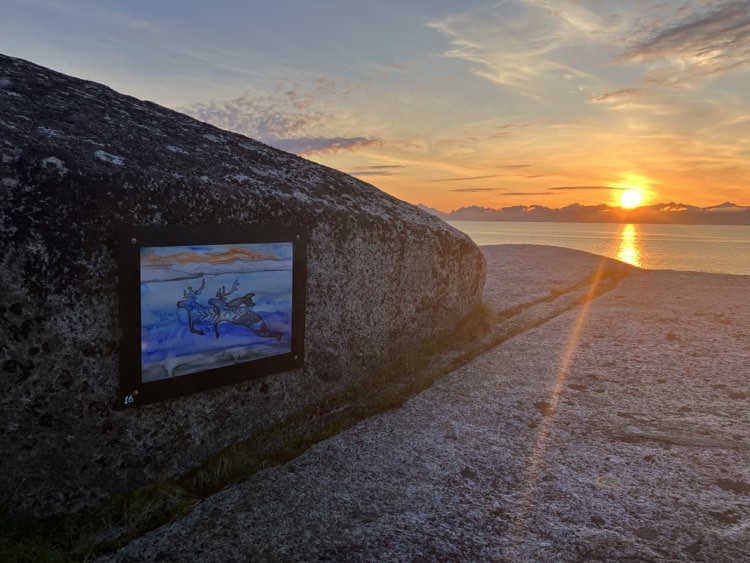
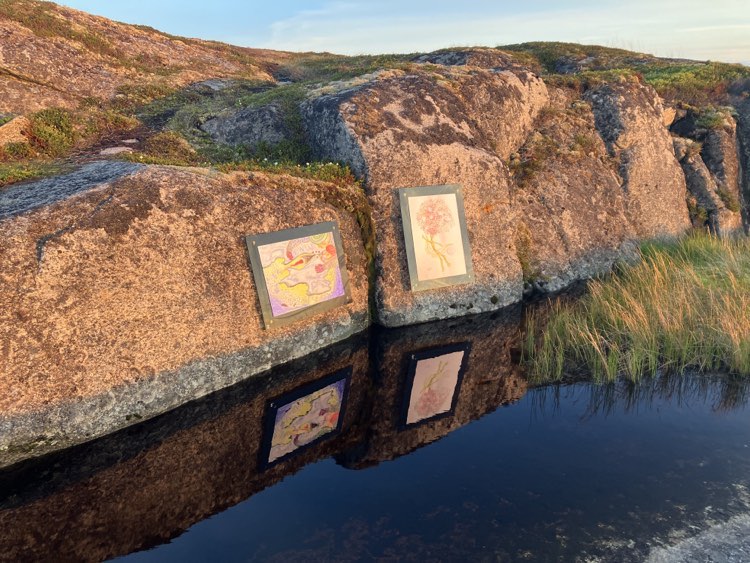
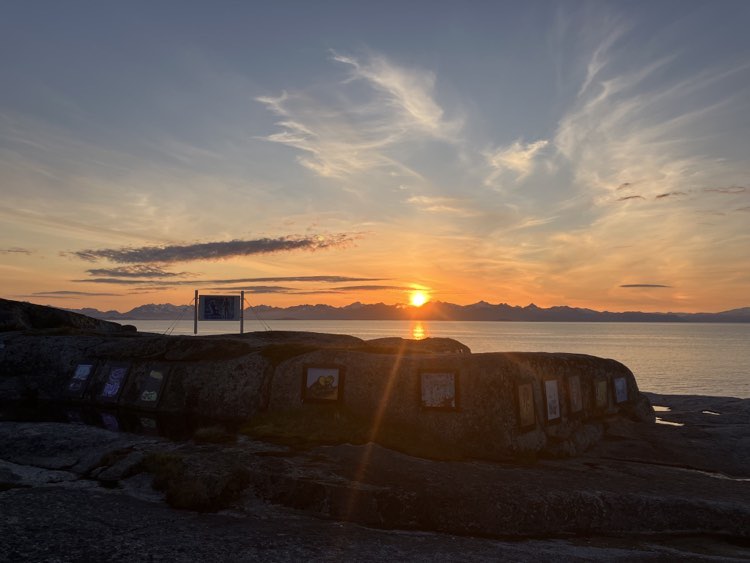
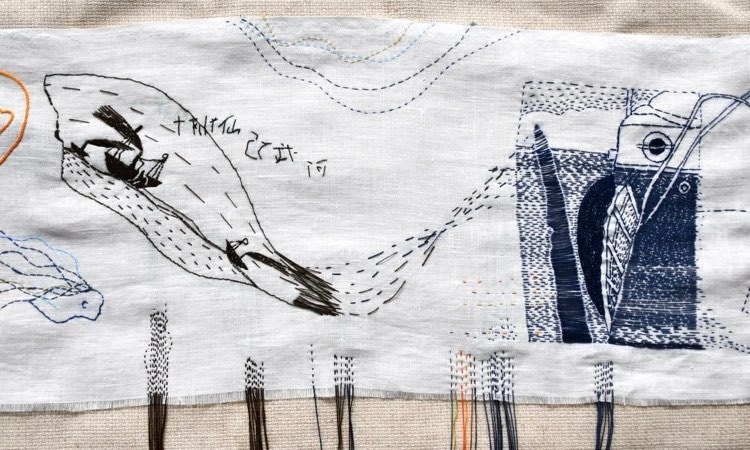
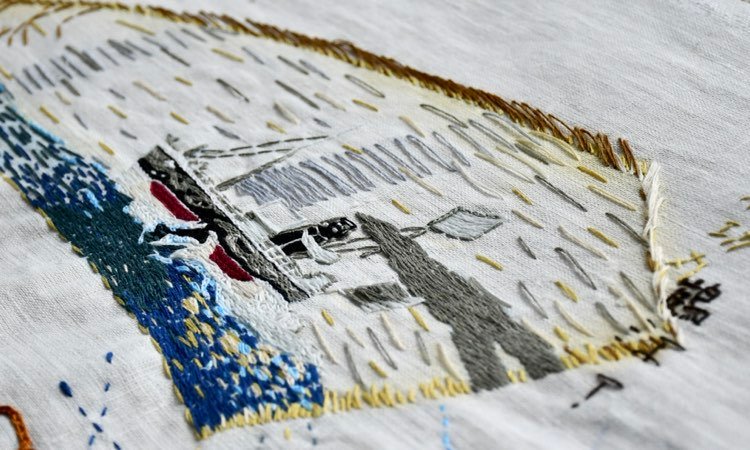
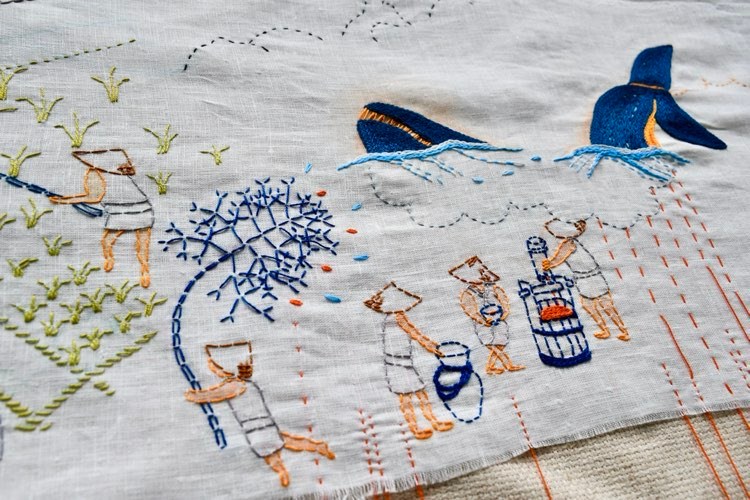
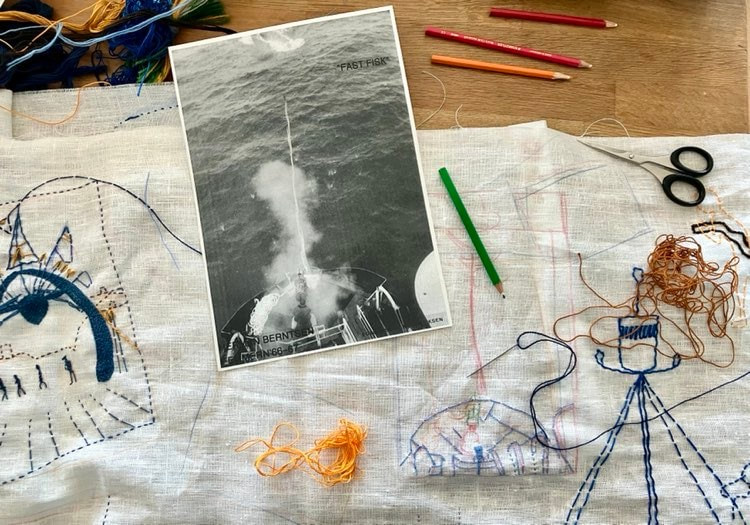
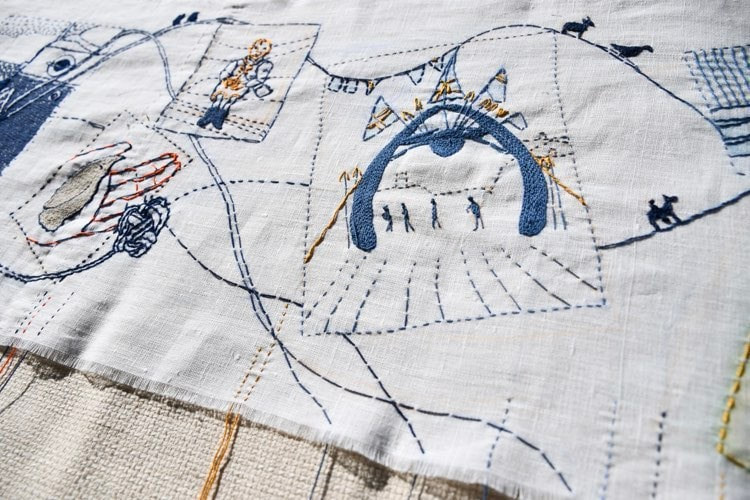
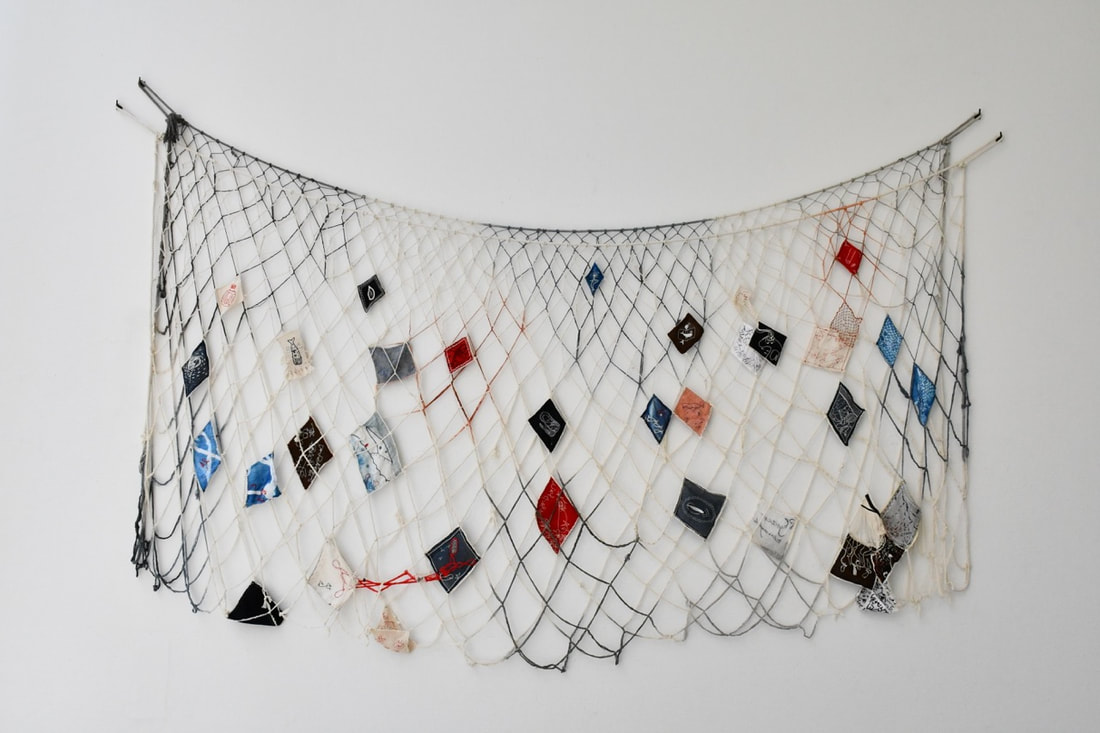
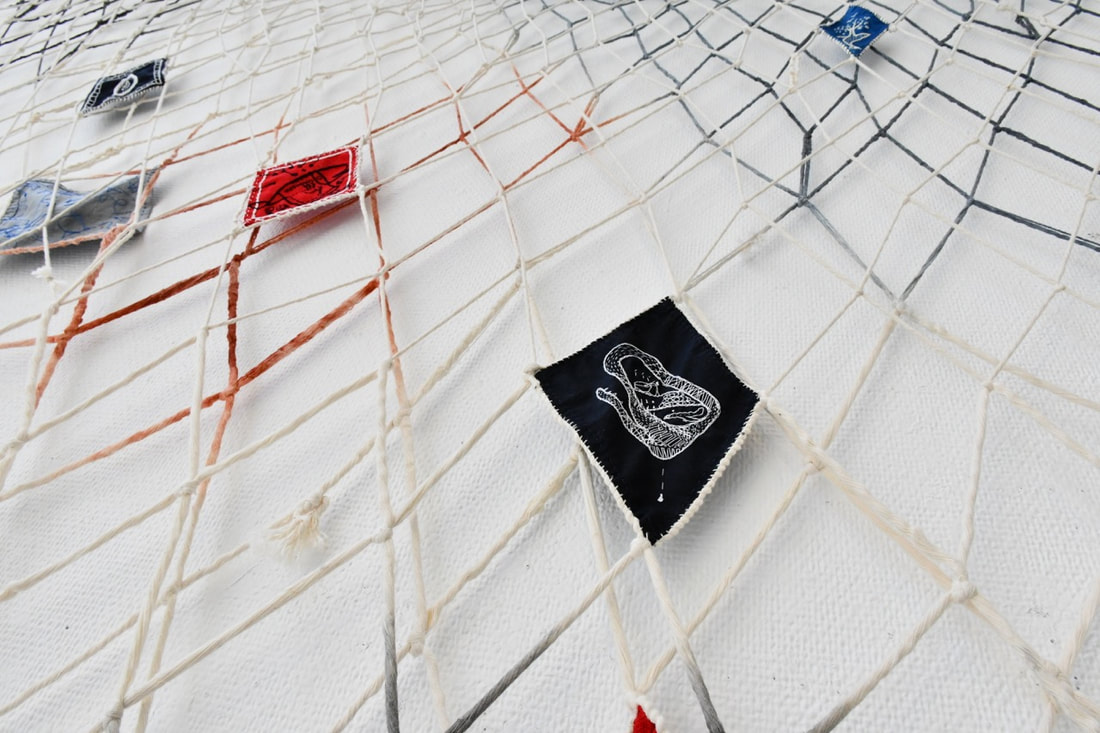
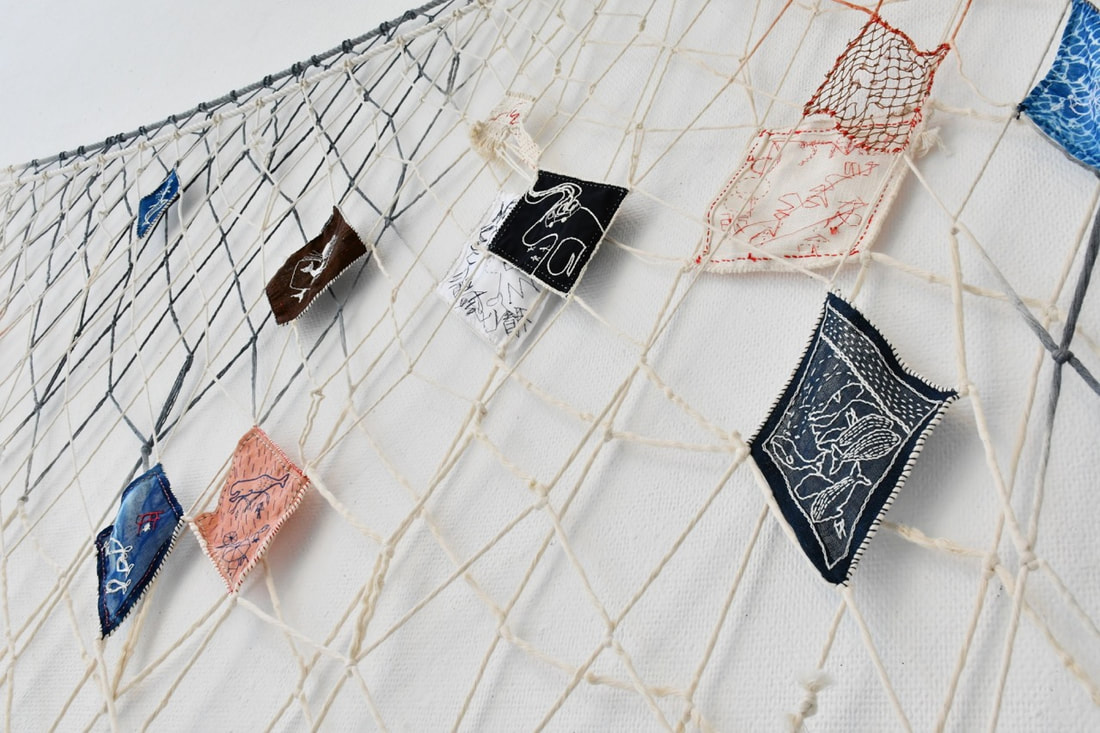
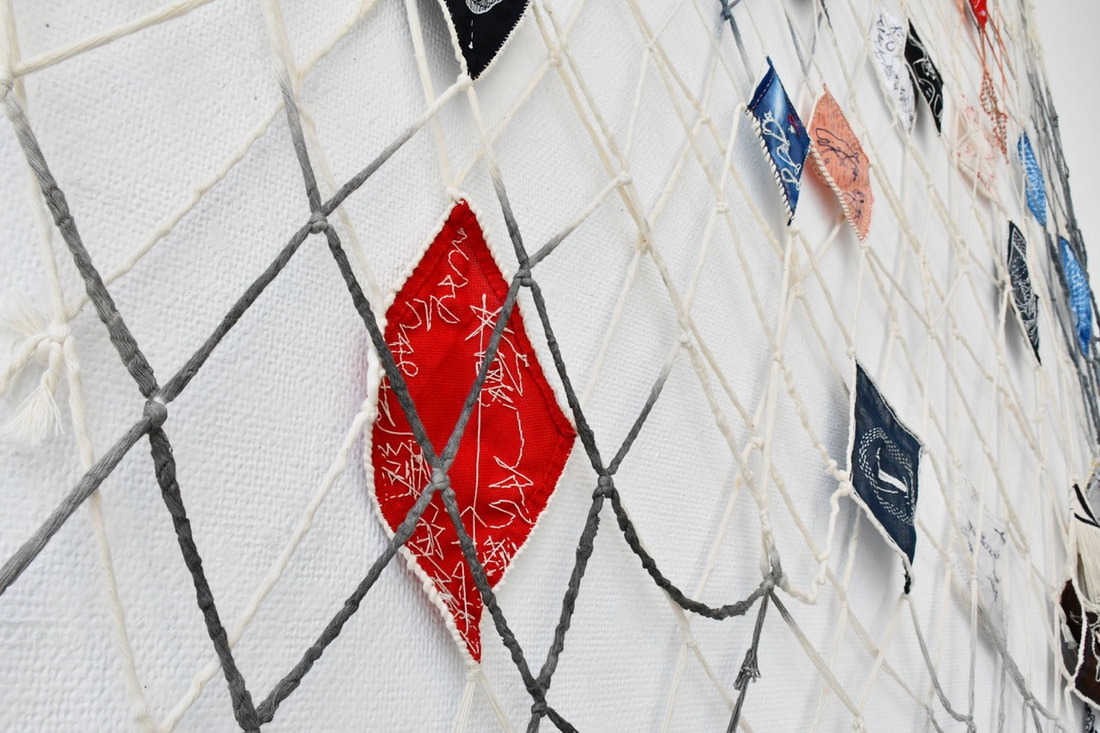
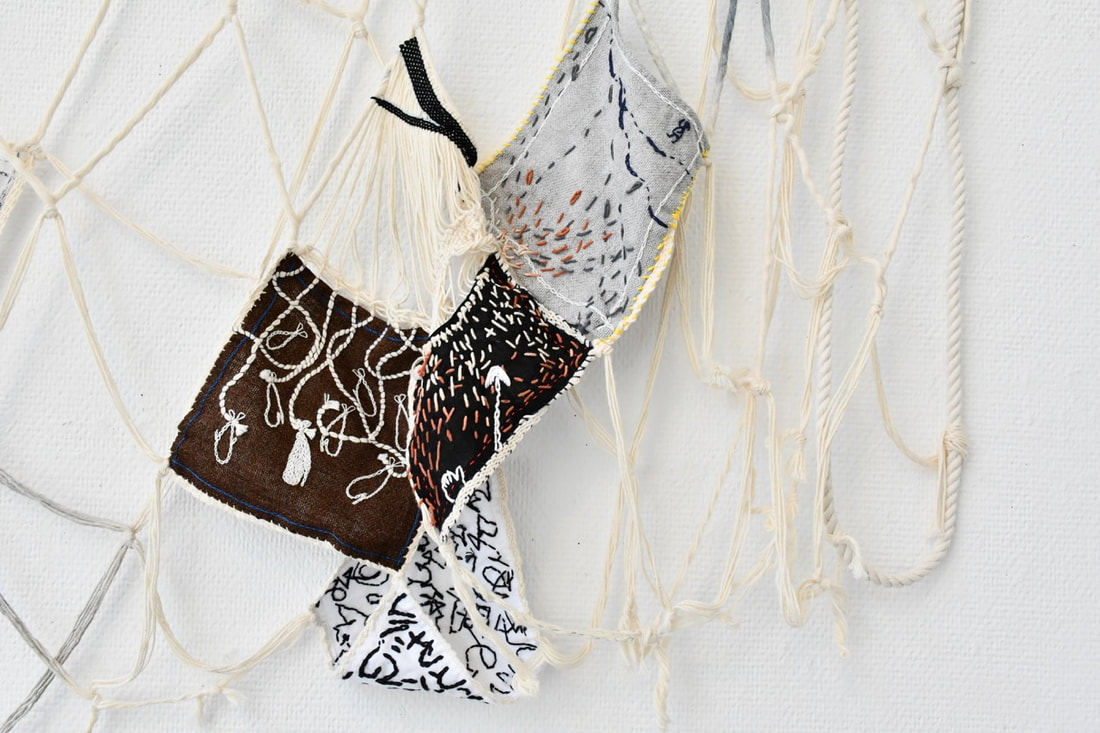
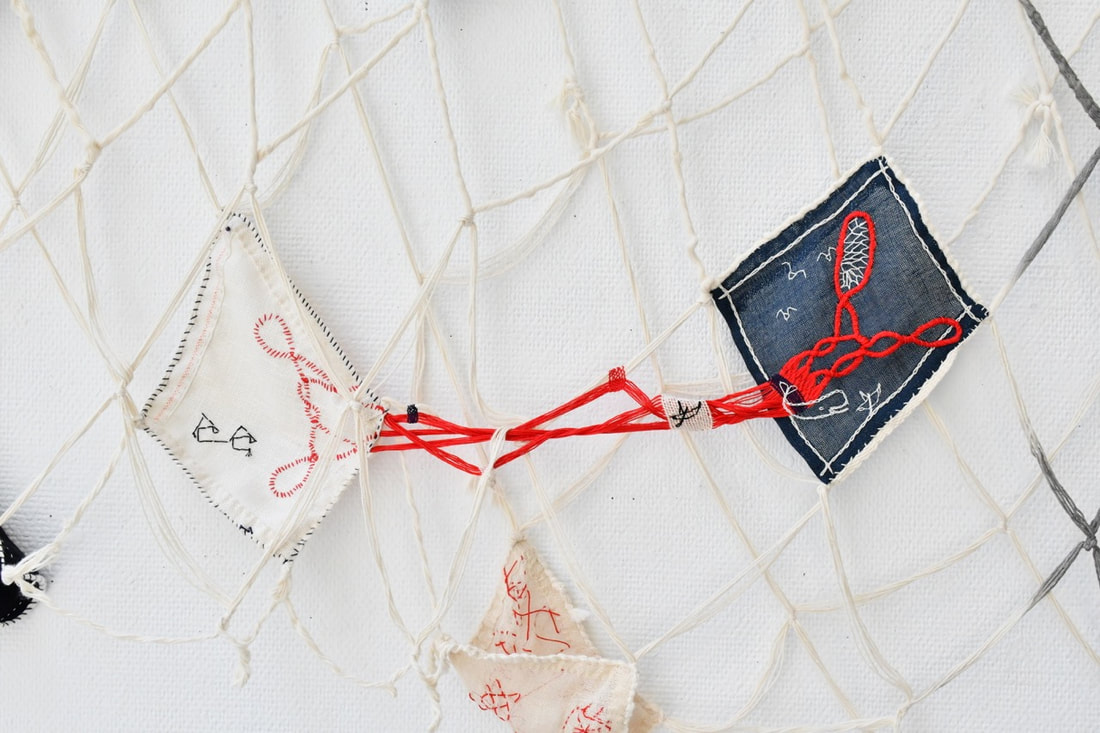
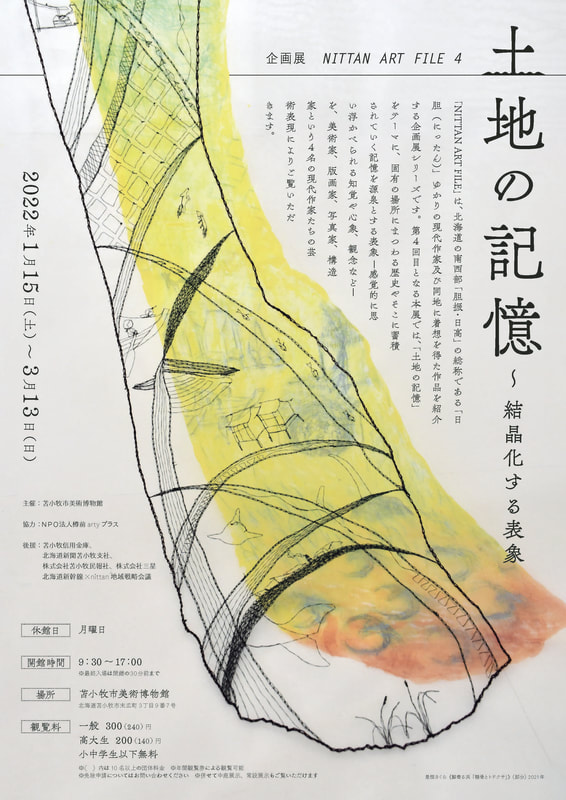
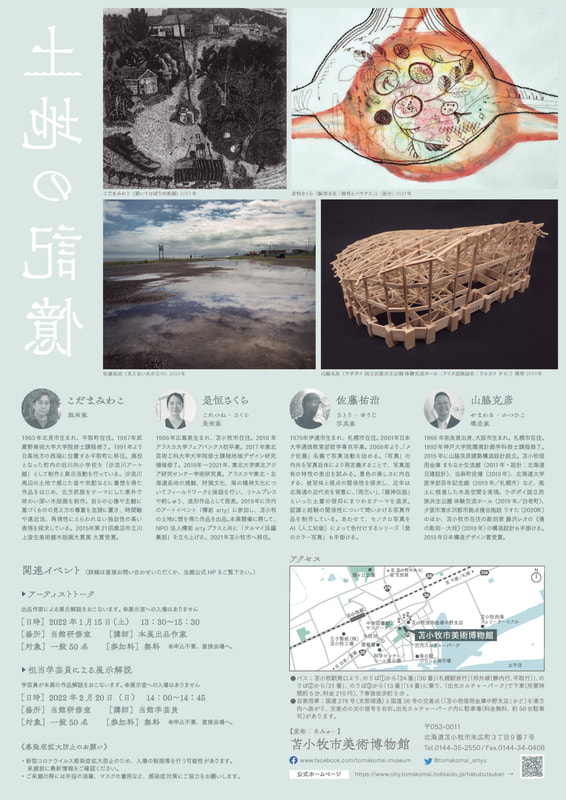
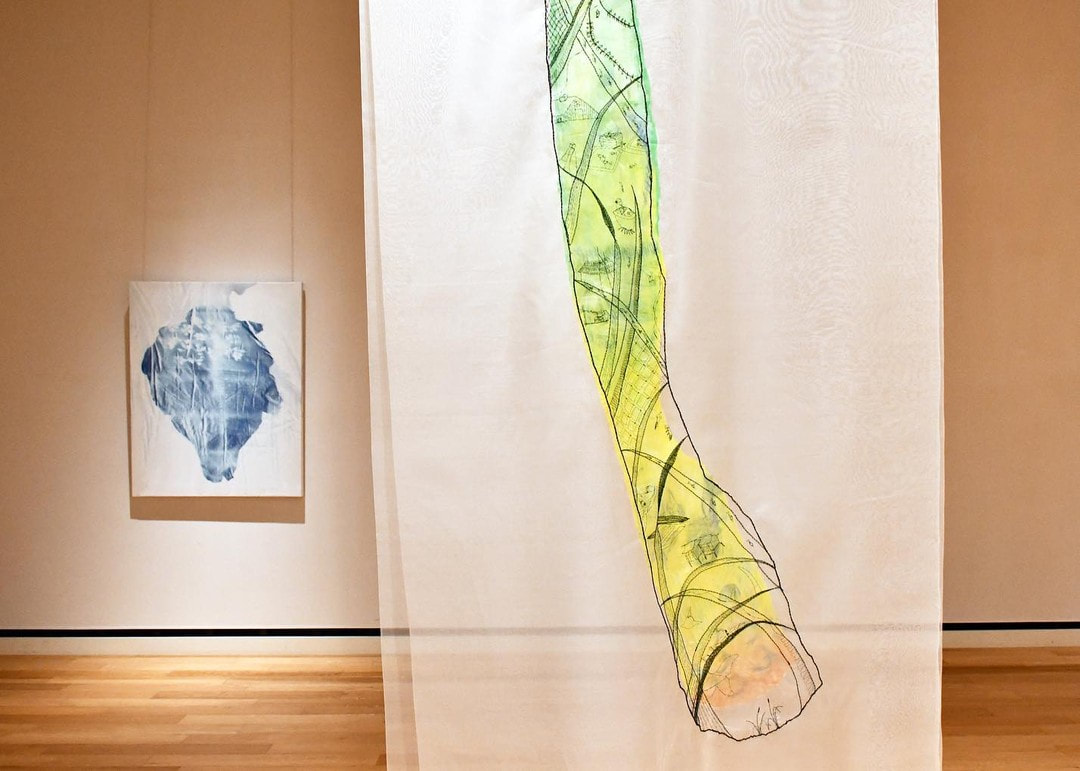
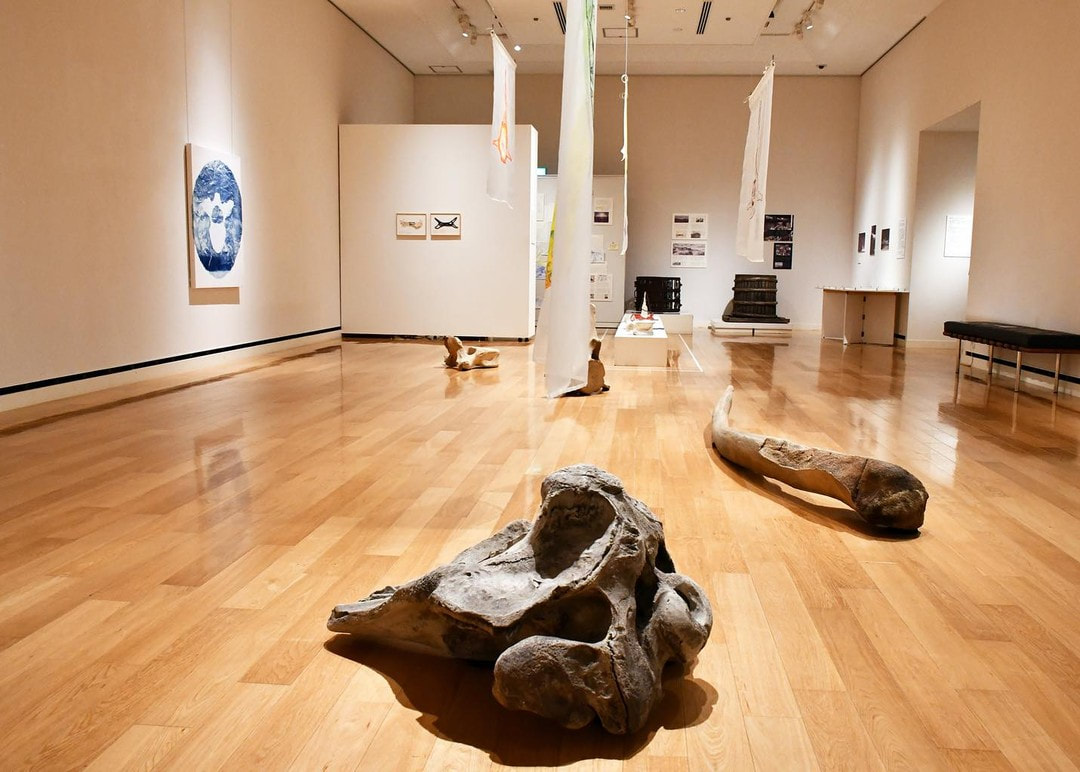
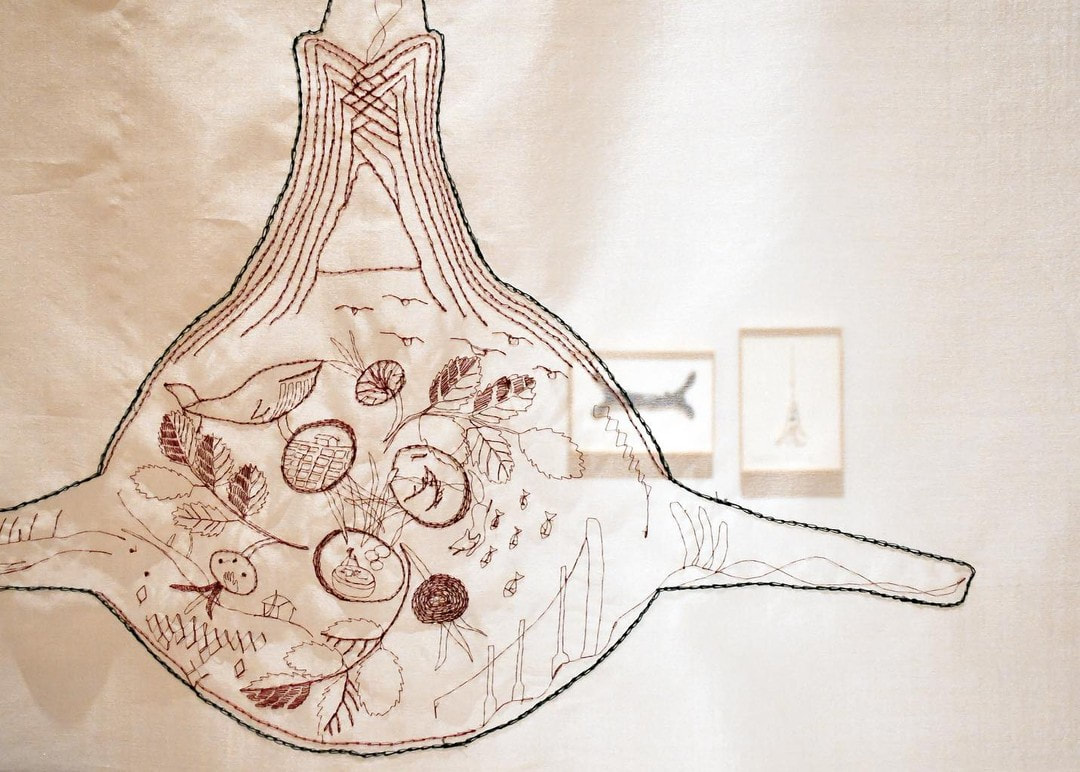

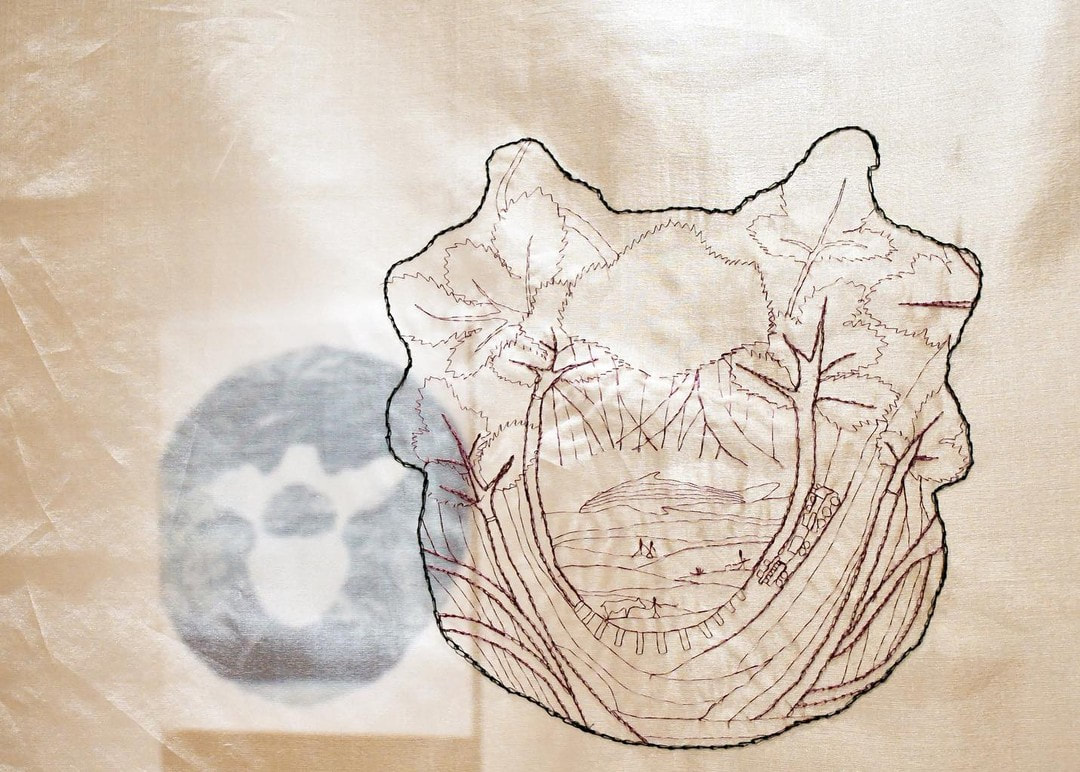
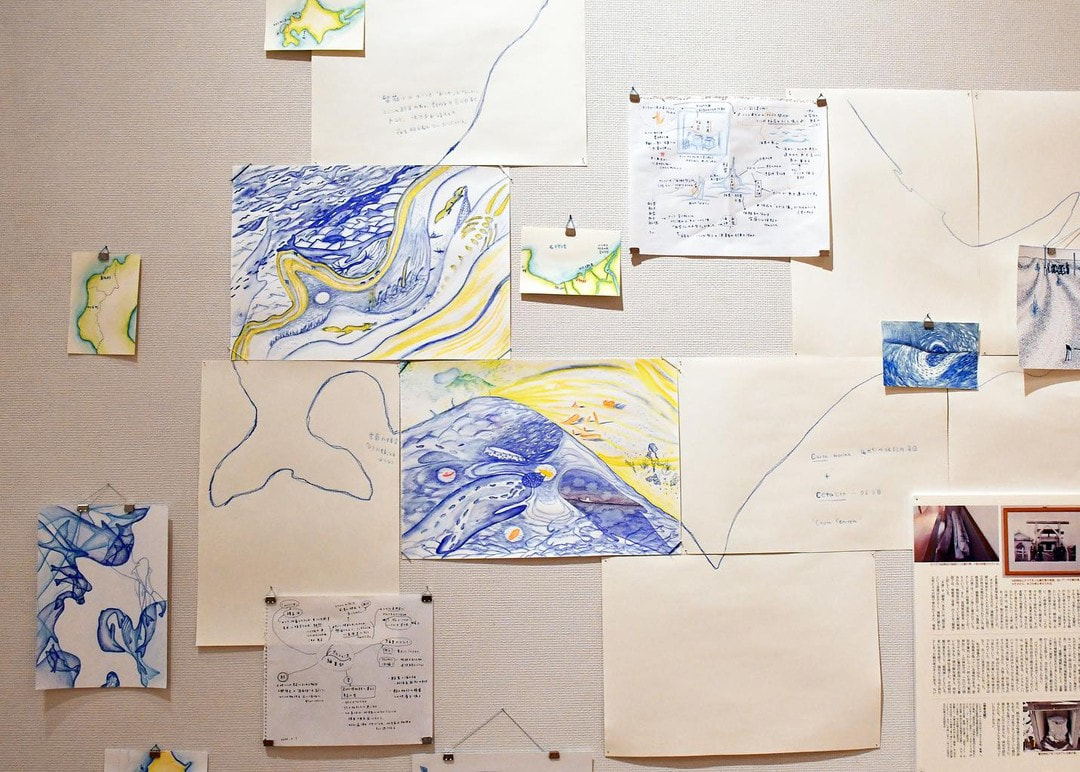
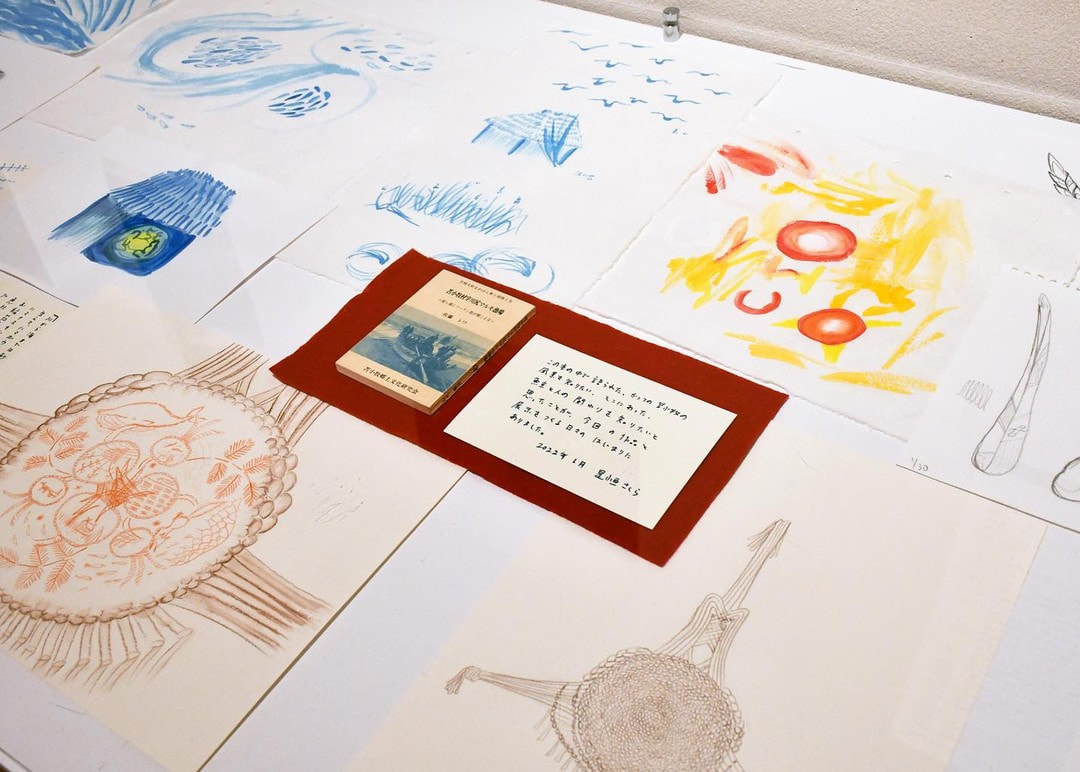
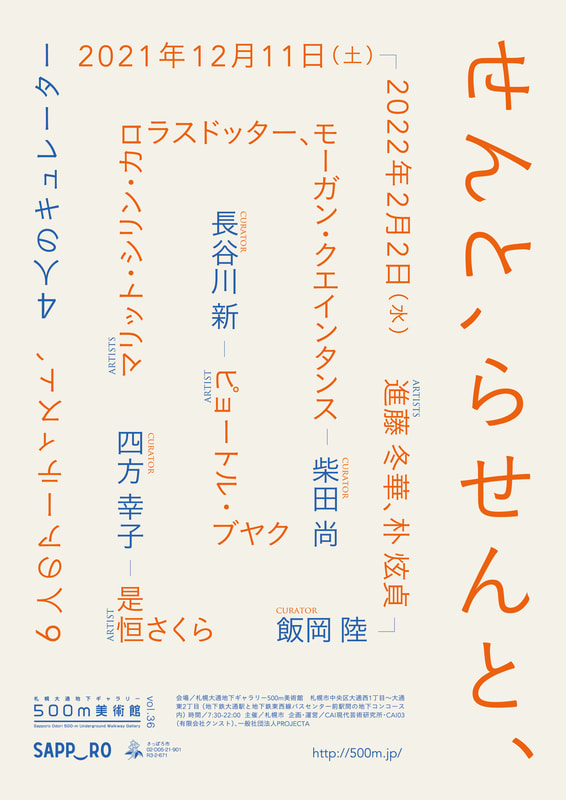
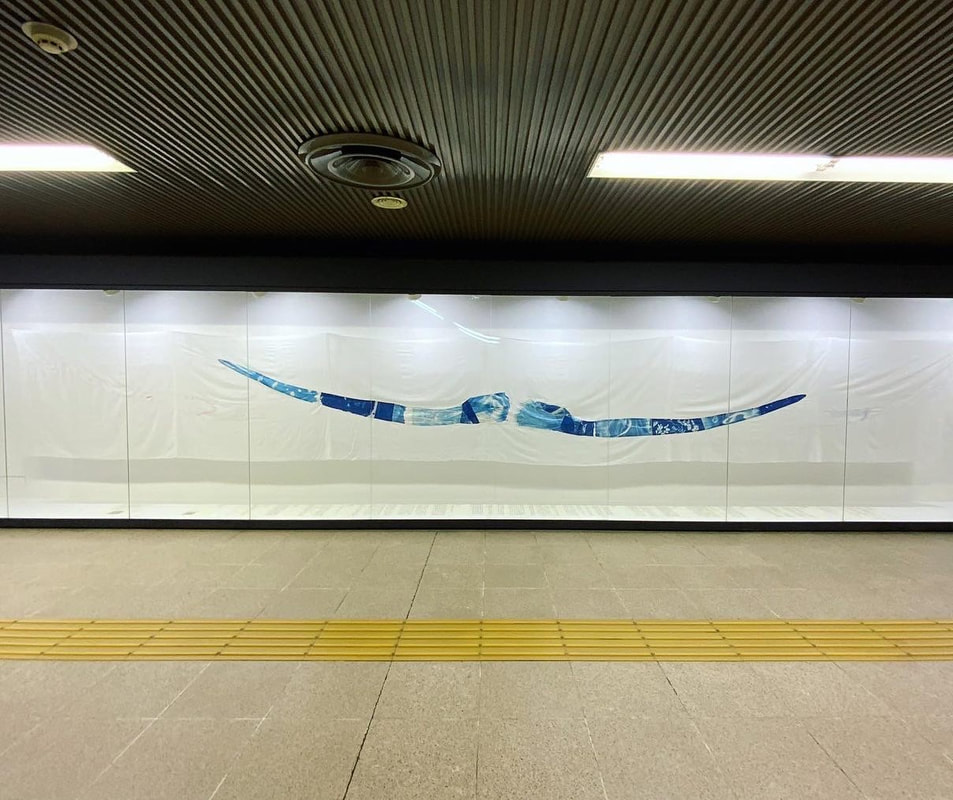

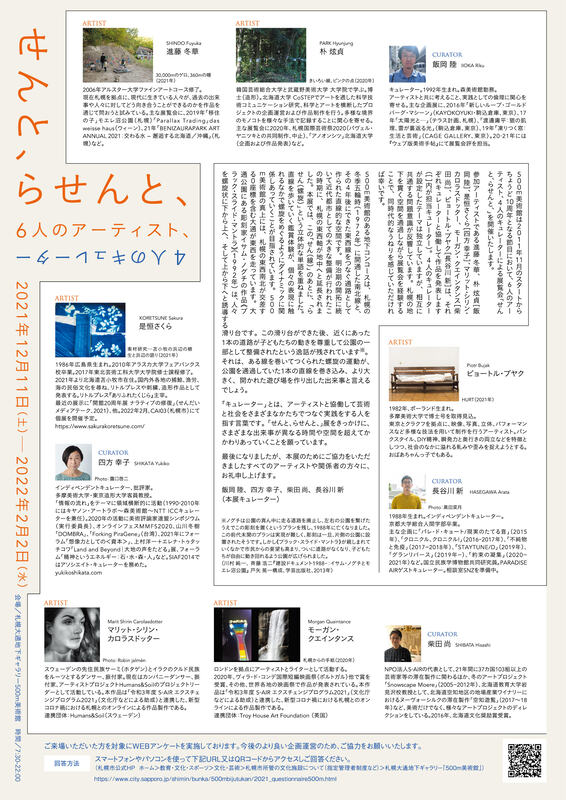
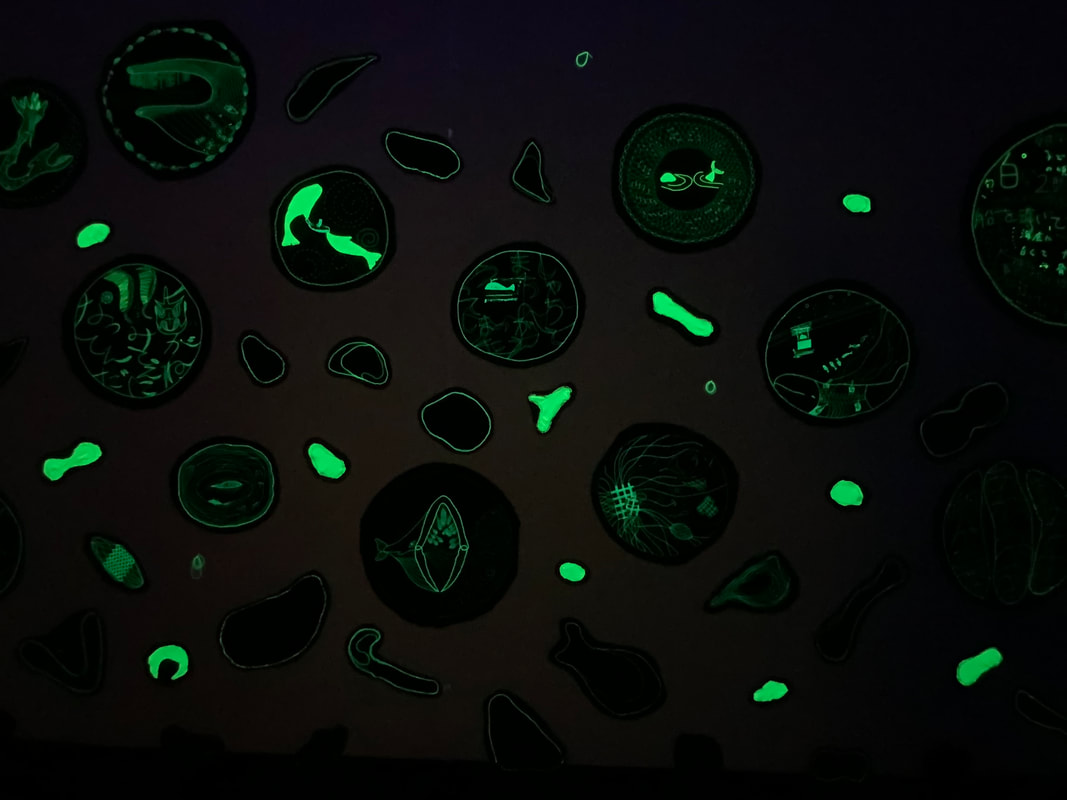
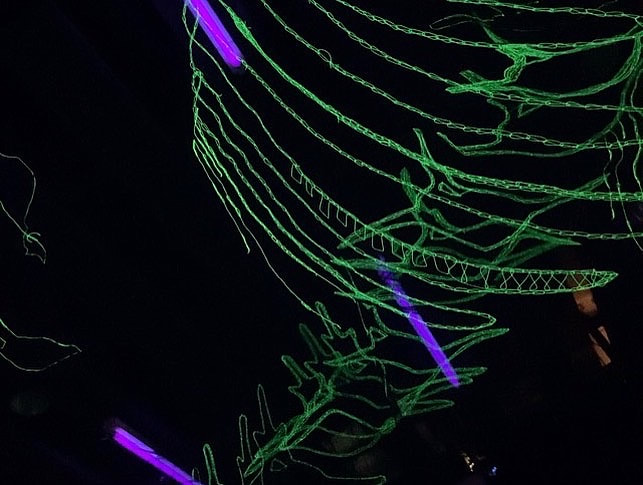
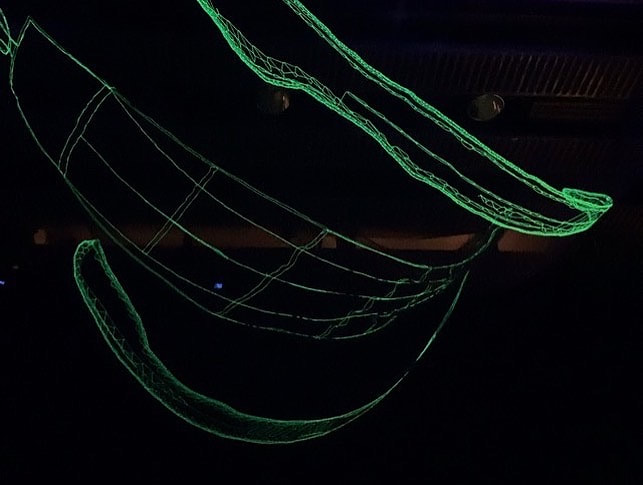
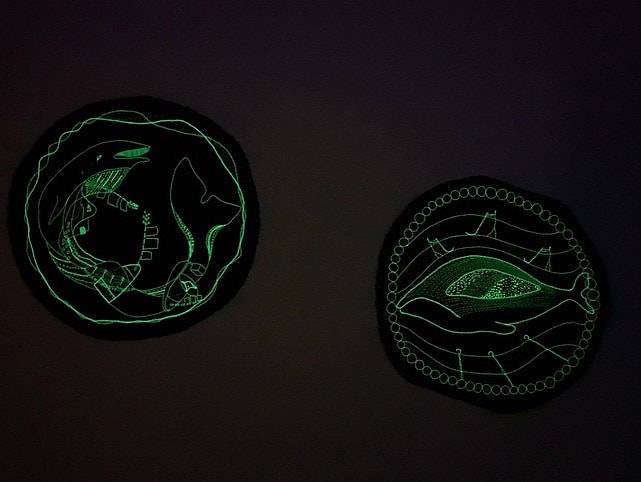
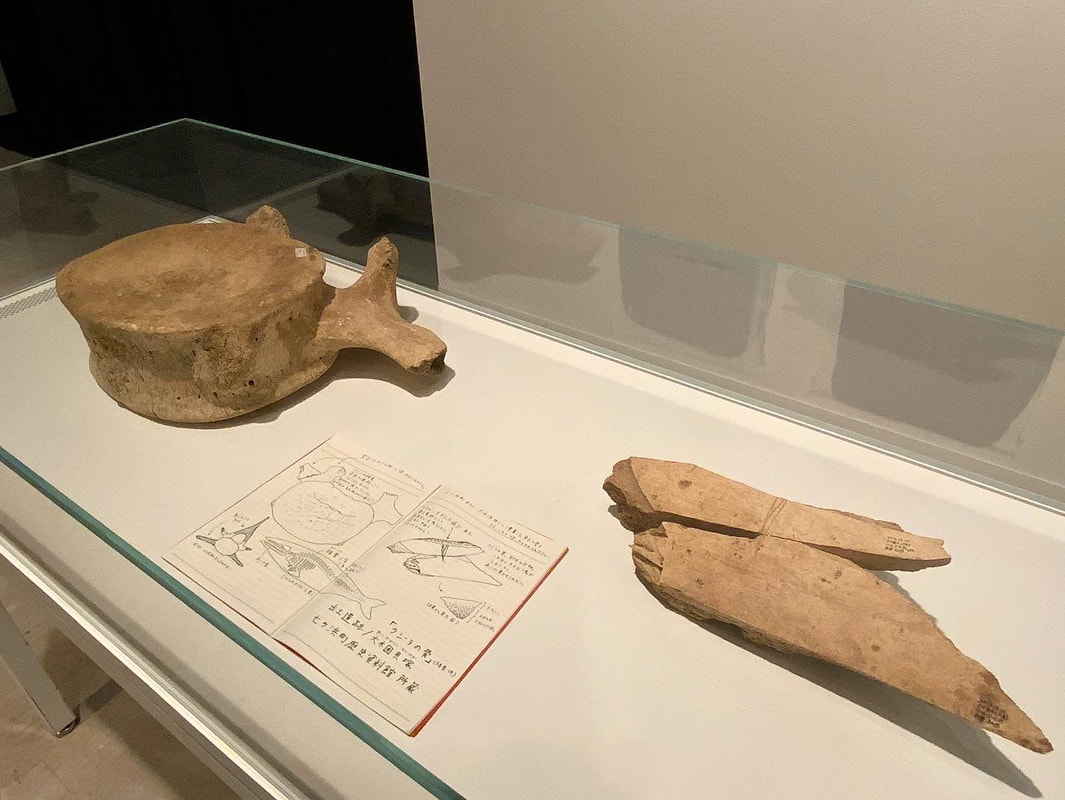

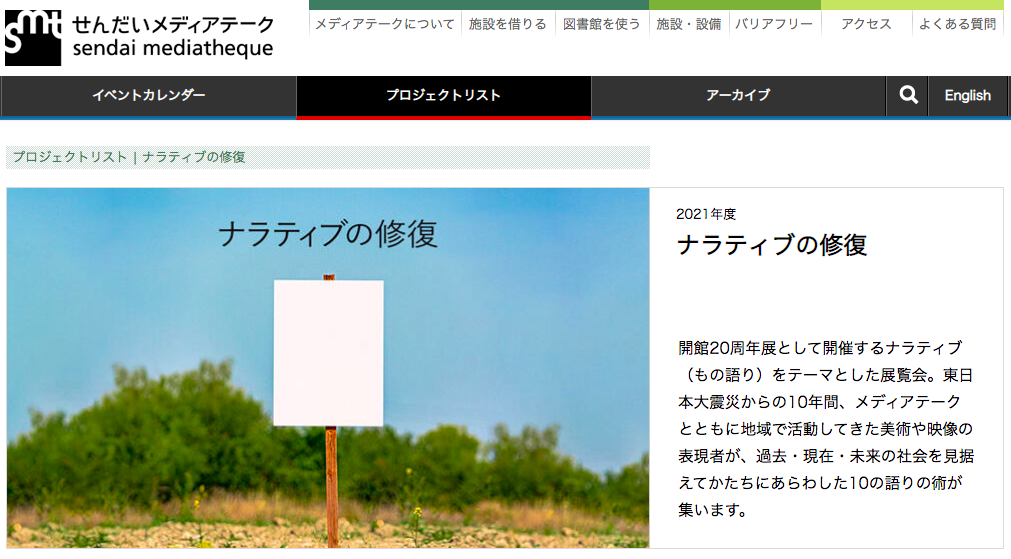
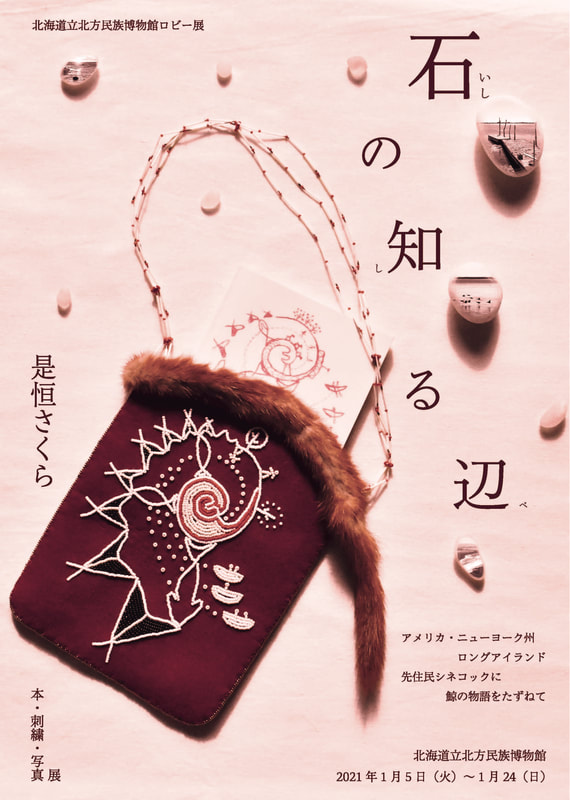
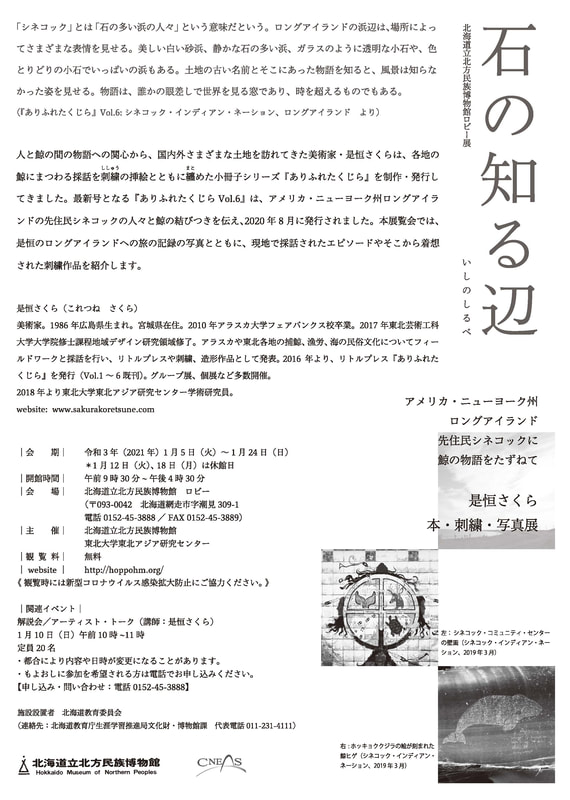
 RSS Feed
RSS Feed
